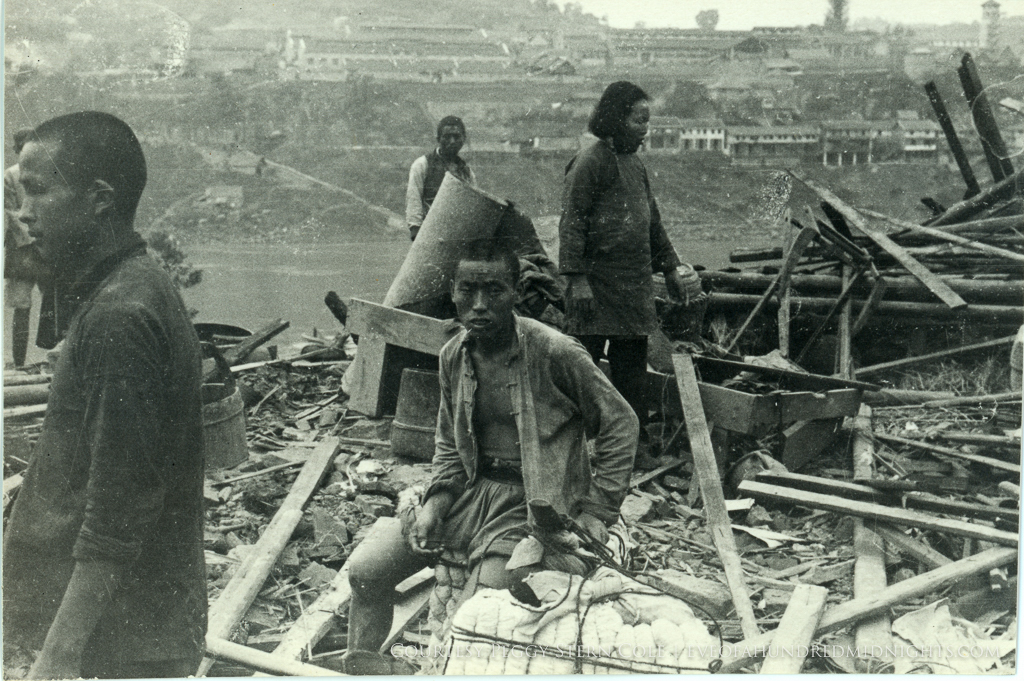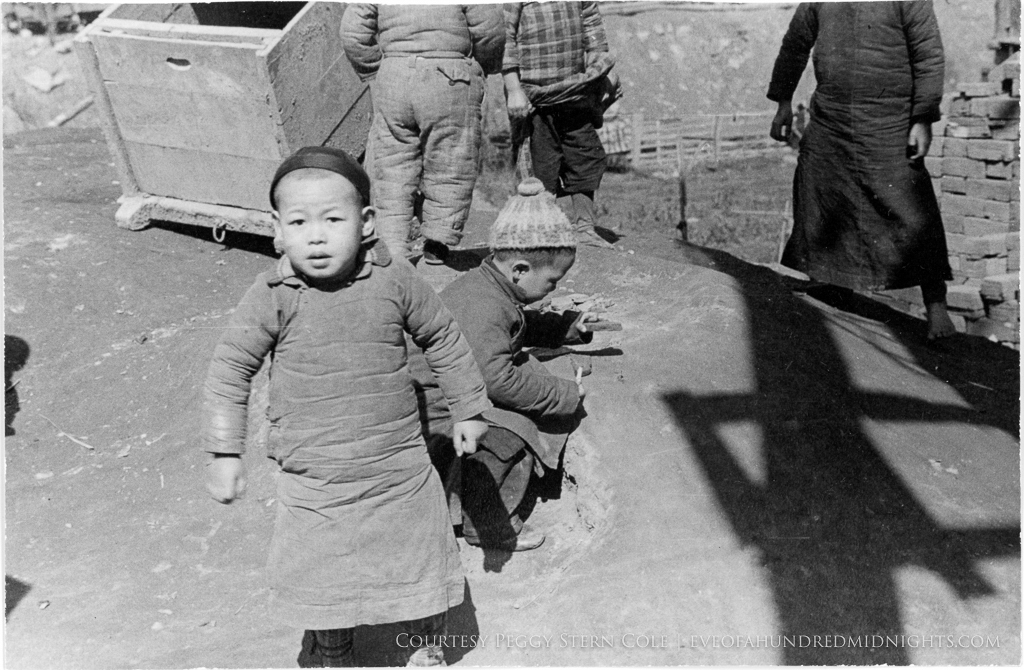The Year that Changed Mel...And China
Melville Jacoby's interest in China can be traced back to 1936. That year and into 1937, during what would have been Mel's junior year at Stanford University, he went to China as an exchange student. There, he studied in the southern port city of Canton (that was the English transliteration of the time; it is now commonly transliterated as Guangzhou). He joined other American and Chinese students on the campus of Lingnan University (which still exists in another form in Hong Kong, while its original campus remains as part of Sun Yat-sen University in Guangzhou).
Melville Jacoby's interest in China can be traced back to 1936. That year and into 1937, during what would have been Mel's junior year at Stanford University, he went to China as an exchange student. There, he studied in the southern port city of Canton (that was the English transliteration of the time; it is now commonly transliterated as Guangzhou). He joined other American and Chinese students on the campus of Lingnan University (which still exists in another form in Hong Kong, while its original campus remains as part of Sun Yat-sen University in Guangzhou).
The year was as transformative for China as it was for Mel. That December, China's then leader, Chiang Kai-Shek (Jiang Jieshi) was kidnapped and held under house arrest near the city of Sian (Xi'an), leaving Chinese politics in a lurch. Though the crisis was resolved two weeks later with new (temporary) cooperation between Chinese communists and Chiang's Kuomintang (Guomindang) Party, by the summer of 1937 China went to war with Japan. Mel was there when the fighting began, and the conflict that became World War II would dominate the rest of his life and work.
But Mel was also a fairly typical 20-year-old student when he was at Lingnan, and the following pictures depict the life of a western student at Lingnan, as well as some of what Mel saw in surrounding regions of China. To see more pictures, click on the "Images of the Past" button in the menu and choose a portion of Mel's life.
Read more about Mel's story today in Eve of a Hundred Midnights, available now!
Before and After. Wartime Chongqing as Captured by Melville Jacoby's Lens.
After spending four years with the research, writing and re-writing that shaped Eve of a Hundred Midnights, I feel sometimes as if I've lived in Melville Jacoby's shoes. At least, I feel as if I've seen the world through his eyes. As you can see in the following photos, Chongqing was a place of extensive striving and, after years and years of bombing — during his stints there in 1940 and 1941 Mel experienced 168 air raids — deeply scarred yet incredibly resilient.
Perhaps no place was more important to Melville Jacoby than the city of Chongqing, China (then known to westerners as Chungking). After Japan conquered China's coast and major cities such as Nanjing, Beijing, Shanghai and Wuhan, the Chinese government was forced to flee up the Yangtze river to Chongqing, where it transformed what had been something of a backwater into China's wartime capital. As I wrote in Eve of a Hundred Midnights, which was published last month, Chongqing was "simultaneously brand-new and decrepit. Fast becoming the 'most bombed' city in the world, it was also the epicenter of the country for any serious journalist." It was squalid, dangerous and extremely uncomfortable, yet, somehow, irresistible, as Mel attested:
“Few foreigners desert Chungking without wanting to return," Mel wrote. “The set formula is to tell friends in Hong Kong what a hell-hole they are missing, and then to rush right back on the next plane loaded with only thirty pounds of clothes and bare essentials.”
As you can see in the following photos, Chongqing was a place of extensive striving and, after years and years of bombing — during his stints there in 1940 and 1941 Mel experienced 168 air raids — deeply scarred yet incredibly resilient. I recently browsed Mel's photos again to share at my book readings (please get in touch if you'd like to host me in your community) that he saw these characteristics in Chongqing, and I've chosen the following photos to illustrate some of the contrasts of life in the city that Mel documented:
Click Thumbnails For Larger Images
After spending four years with the research, writing and re-writing that shaped this book, I feel sometimes as if I've lived in Melville Jacoby's shoes. At least, I feel as if I've seen the world through his eyes. His letters describe what he witnessed and experienced in China and the Philippines in such depth that as I read them, I feel my legs straining up and down Chongqing's steep hills, that I hear the thud of bombs raining upon an air raid shelter, and that my heart beats in anticipation as my fiancée lands in the Manila Bay barely a week before Pearl Harbor.
Beyond these letters, though, Mel took hundreds, if not thousands, of photographs, most of which have ended up in my hands. Unfortunately, I was only able to include a handful in my book. While I chose compelling photos, they were mostly limited to photos that portrayed Mel, Annalee and the people they knew. However, I knew readers who enjoy the book would also want to see more of the world and the era Mel did.
If you like these photos, please keep on eye on this web site and let me know what you think. I'm going to continue to share glimpses of what Mel saw here. Unless otherwise noted, the photos you will see in this series were all shot by Melville Jacoby and provided courtesy of Peggy Stern Cole, Mel's cousin and my grandmother.
Meanwhile, if you haven't already, please head to one of the booksellers listed here or your favorite bookstore to pick up Eve of a Hundred Midnights. If you like it, would you rate it on Goodreads, Amazon, Powell's, or wherever you purchased it? Customer reviews will make the difference in ensuring the book is seen by as many people as possible.
Accounting for Modalities
Given that many people in the United States are thinking about accounting today, I thought I'd share some of the raw numbers from my recent trip to China and the Philippines, but rather than detail how much money I spent (speaking of which, you are welcome to complicate my 2015 taxes by donating here), I thought I'd share the following summary of the many journeys within a journey I took while traveling through China, the Philippines, Hong Kong, Macau, the Philippines, Canada and the United States:
Feet shredded while walking miles through eleven cities, many small villages, one former military stronghold and atop, along and around ruined portions of a gigantic wall: 2
Subway systems used more frequently than can be tallied: 6
Personal cars ridden with a buddhist who would later host an elaborate tea ceremony, an atheist tour guide raised in a cave, and two precocious children: 1
Bridges crossed at which the largest conflict in the history of the world began: 1
Last minute rickshaw rides organized by a guide squeezing in one more sightseeing visit before a thirty-hour train ride: 1
A thirty-hour train ride between China's current capital and the city that served as its capital during World War II: 1
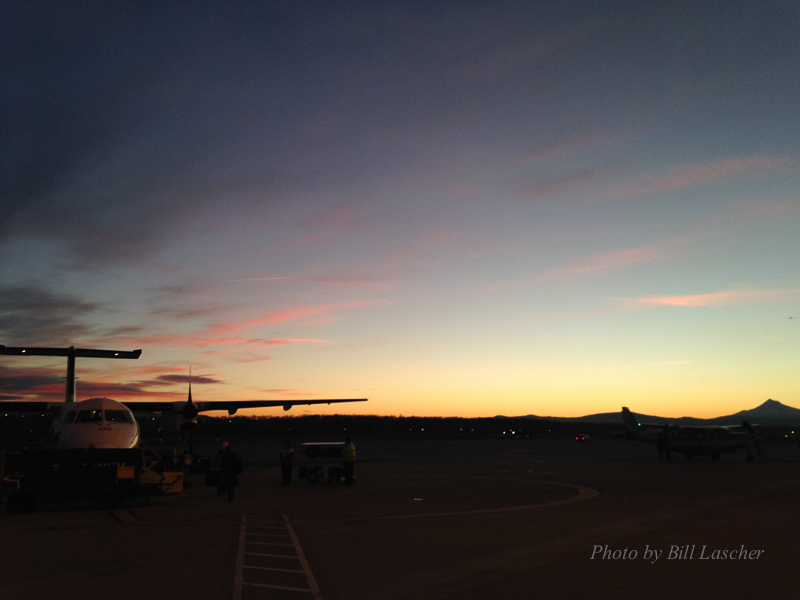
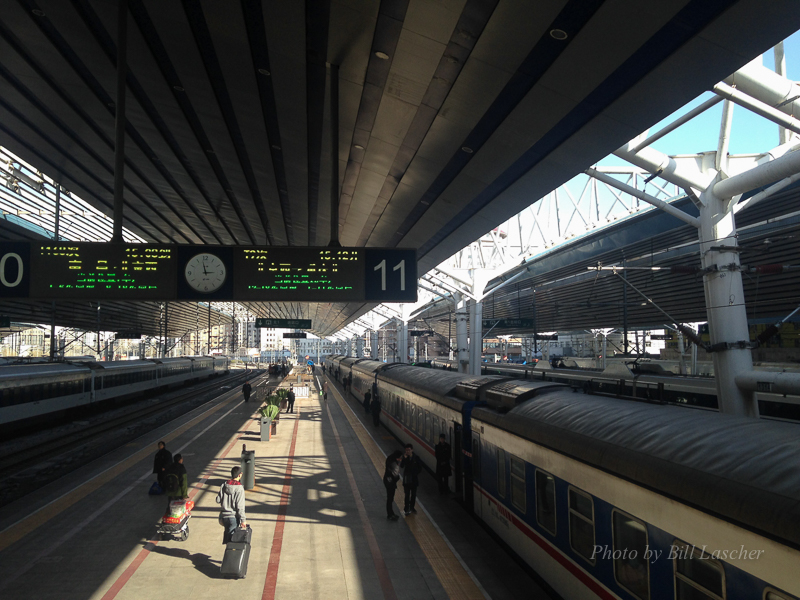

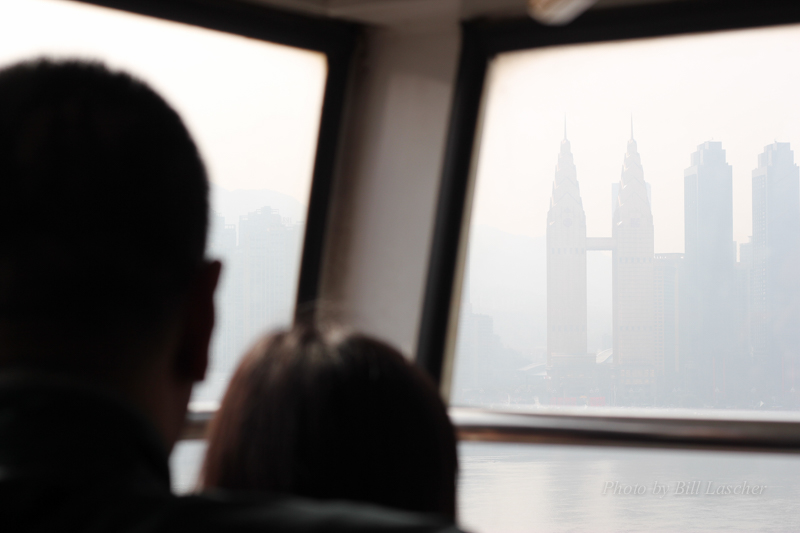
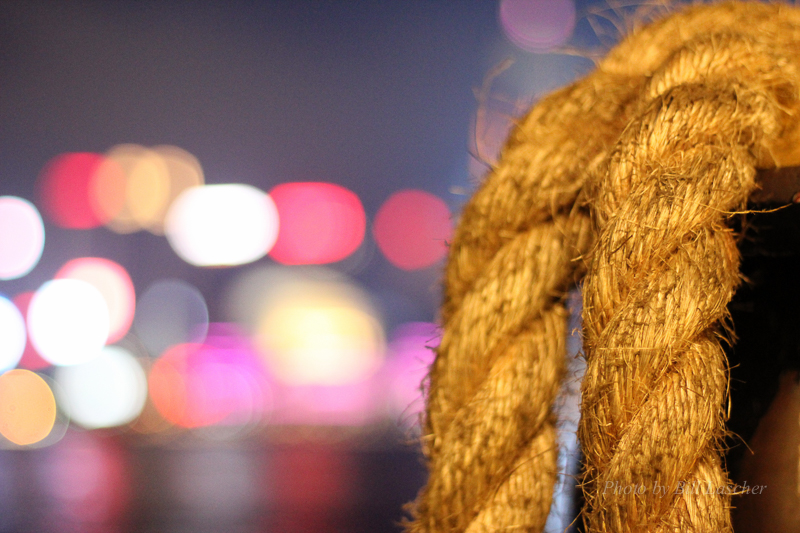
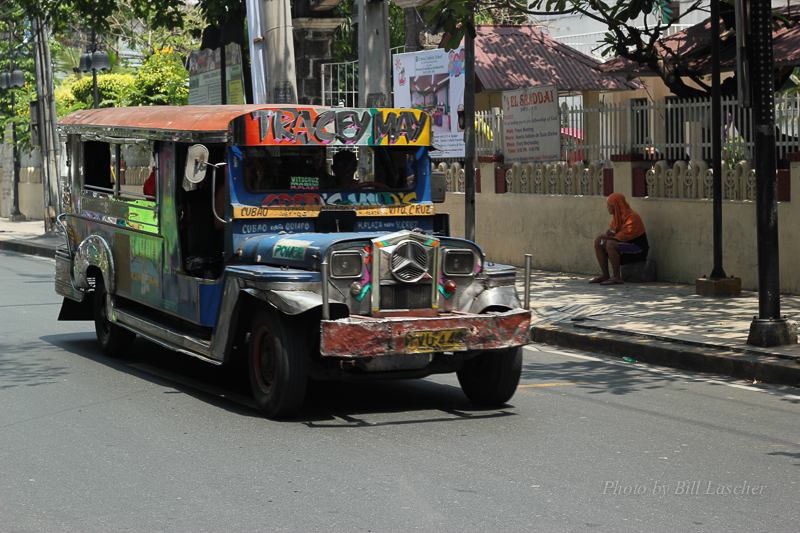

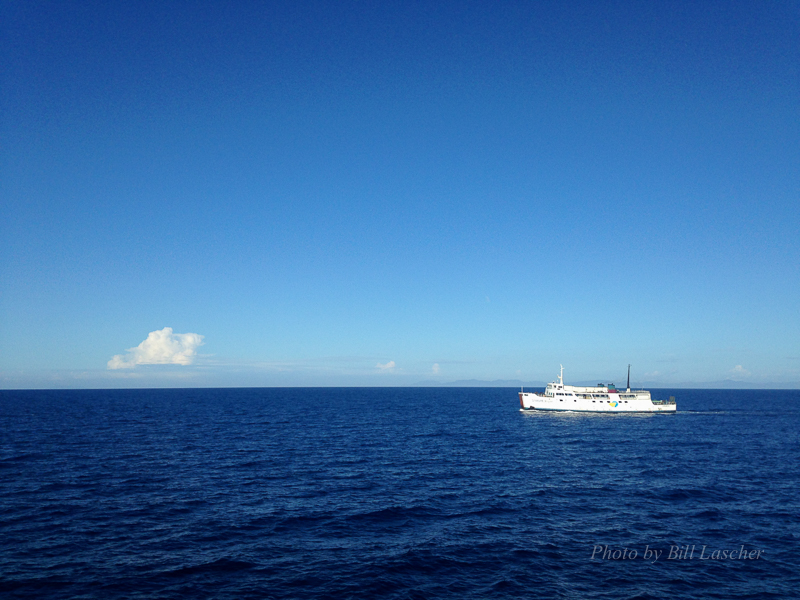
Given that many people in the United States are thinking about accounting today, I thought I'd share some of the raw numbers from my recent trip to China and the Philippines, but rather than detail how much money I spent (speaking of which, you are welcome to complicate my 2015 taxes by donating here), I thought I'd share the following summary of the many journeys within a journey I took while traveling through China, the Philippines, Hong Kong, Macau, the Philippines, Canada and the United States:
Feet shredded while walking miles through eleven cities, many small villages, one former military stronghold and atop, along and around ruined portions of a gigantic wall: 2
Subway systems used more frequently than can be tallied: 6
Personal cars ridden with a buddhist who would later host an elaborate tea ceremony, an atheist tour guide raised in a cave, and two precocious children: 1
Bridges crossed at which the largest conflict in the history of the world began: 1
Last minute rickshaw rides organized by a guide squeezing in one more sightseeing visit before a thirty-hour train ride: 1
A thirty-hour train ride between China's current capital and the city that served as its capital during World War II: 1
Taxi trips: 17
Flights: 11
Airport tramways and buses: 2
City bus systems: 3
Trains at normal speed: 2
Sleeper cars upgraded to after riding in crowded coaches: 1
Monorails not in Brockway, Ogdenville or North Haverbrook because by gum it put them on the map: 1
Light rail systems: 4
Subway rides cut off by construction: 1
Alleyway stairs climbed and descended: ∞
Walks through the rubble of destroyed ancient neighborhoods: ≥ 4
Paths cut through crowds of cruise-hawking street vendors in search of urban planning museums that turn out closed and impossible to find despite their focus on planning: 1
Ropeway trams crossing China's longest river:1
Cabs packed with an old calligrapher/musician, an absent-minded poet and a former magazine publisher bringing you to the calligrapher's underground studio filled with beautiful artifacts: 1
Trips on high speed railways so new they don't yet show up in online rail guides: 4
Train stations visited so recently constructed that they are miles away from any construction and surrounded by dirt parking lots: 1
High speed train café cars ridden in because railway conductors snuck me through heavy police state security despite incorrect ticket date: 1
Provincial minibuses blasting techno: 1
Dirt streets walked in a town that was the birthplace of the leader of a 19th century rebellion that led to 20 million deaths: ≥3
Spontaneous scooter rides to a destination found despite language barriers by showing digitized stills of eight-decade-old 16mm film to strangers in a streetside dentist's garage exam room:1
Makeshift three-wheel vans shared with a Chinese man who wants to show off his English language skills to an American: 1
Wood-paneled minibuses: 1
Pedestrian border crossings surrounded by hard-selling counterfeit clothing retailers: 1
Alleyways packed with citizens of seemingly every country in the world drinking and dancing outside of generic bars: 3
Double-decker buses precariously perched on a beautiful island road in a former British colony: 1
Double decker street trolleys: 2
Street performances led to by a retired American chiropractor swigging a glass of red wine aboard one such trolley: 1
Inexpensive night ferries filled with tourists gazing at the neon skyline of a bustling global city: 1
Ferries between Chinese special administrative regions: 2
Casino buses used as transport to or from the historic core of a former Portuguese colony: 2
Municipal airport shuttle buses ridden while seated backwards: 1
Buses boarded by women who preach in Tagalog for the last phase of a trip to a ridgetop resort above a volcanic lake: 1
Inexpensive and colorful, if crowded, jeepneys: 3
Inter-city buses playing weird, staticy melodramatic sci-fi: 1
Taxis whose drivers unsuccessfully try to claim broken meters or broker special “deals” that are twice as much as a normal fare: ∞
Claustrophobically overcrowded metro rail lines in overly congested island nation capitals: 1
Ferries to or from former World War II fortresses: 2
Park concessionaire tour vans ridden as the only member of the tour and rushed through even though the rider would have been happy tagging along with the tour following his: 1
Island jeeps whose drivers invite pedestrians on sun-blasted landscapes to hitch up a hill: 2
Lengths swum across a pool improbably placed on the site of aforementioned island fortress: 20
Jungle paths blindly wandered down as monkeys and geckos screech in surrounding trees: 3
Gigantic underground wartime tunnels explored: 1
Stretches of dry field chased across by monkeys: 1
Wifi-enabled buses playing Zero Dark Thirty as they crossed beautiful, rain-drenched tropical scenery: 1
Ferries ridden across darkened waters as lightning flashes all around during the dead of night: 1
Motor-tricycle sidecars ridden to crummy hotels: 1
Tricycle back seats: 1
Intercity vans accompanied by stuffed crabs: 1
Tricycle sidecars ridden to remote beach villages the rider knows from viewing the same town in photographs taken by wartime journalists fleeing pursuit by enemy forces: 1
Uneventful island van rides while staring lazily at the scenery: 1
Six-hour long ferry rides that were two hours longer than advertised and spent barefoot in the sun, staring at the sea and an island that once sheltered journalists on the run: 1
Terrifying late night rides across Philippine islands without seatbelts in the center front seat of a van driven by a guy texting half the time as he speeds wildly, despite rain, windy roads, roadwork and oncoming traffic, all of which is accompanied by his crooning to 70s and 80s power ballads and his crossing of himself each time his vehicle passes a church: 1
International flights taken while coming down with crippling food poisoning: 1
Passport control and customs lines waited in while convinced vomiting will commence immediately: 1
Epically long taxi rides with said food poisoning lingering, but driven by a man who compliments the rider on his Mandarin, even though in reality it is quite poorly spoken: 1
Passport controls where the traveler's home country's border officials give far more trouble than those of other nations: 1
What were your favorite journeys within a journey? How many different modalities do you tend to use when you travel? Where do you hope to transit between next? Let me know in the comments!
Oh, the Places You'll Go - Picture of the Day
Yesterday, you may have read my post about the costs and toll book-related research takes. If you haven't yet, please do, and if you like it, or me, or the project I'm working on please click the contribution button and share a few dollars with me.
But today, when I started my research day, I was twice reminded why I can't complain too much. First, the photo above was where I waited for the bus. I'm staying with family up Highway 101 from the UCSD campus. I couldn't even really complain that the bus was significantly late.
Then I ended up here:
Torrey Pines State Reserve as seen from a bus stop in Del Mar, California. (Photo by Bill Lascher)
Yesterday, you may have read my post about the costs and toll book-related research takes. If you haven't yet, please do, and if you like it, or me, or the project I'm working on please click the contribution button and share a few dollars with me.
But today, when I started my research day, I was twice reminded why I can't complain too much. First, the photo above was where I waited for the bus. I'm staying with family up Highway 101 from the UCSD campus. I couldn't even really complain that the bus was significantly late.
Then I ended up here:
The Geisel Library at the University of California, San Diego. (Photo by Bill Lascher)
That's the Geisel Library at UCSD. It's the home of the Mandeville Special Collections, where I've been examining the papers of Frank Tillman Durdin and Peggy Durdin, who were friends of Mel's in China and Australia. But that's not why I'm sharing it right now. Rather, I was excited to discover as I walked through the library a wealth of artifacts from Dr. Seuss, AKA Theodore Seuss Geisel, who made the library possible.
This is one of the perks of research. While it may take quite a while to recognize where my research is taking me, the unexpected finds and things I see along the way make the journey a pleasant one.
Oh, the places you'll go.
Opening Up To Spring - Photo of the Day
Poppy in bloom.
Like what you see? Purchase prints, mugs and other items here. Prefer writing or radio? Browse my portfolio, check out my blog, or learn about the book I'm working on. Want to buy me a coffee? Donate a buck (or more) here.
Picture of the Day Starts With a Glance of L.A.
Did you know that aside from my writing I shoot many of my own photographs? Beginning today, I'm going to resume regularly sharing examples of my photography. Like what you see? Visit my photoshelter page to see more and order prints or digital copies of your favorite shots. And don't forget that you can always support my work here and follow me on Instagram and Twitter.
Did you know that aside from my writing I shoot many of my own photographs? Beginning today, I'm going to resume regularly sharing examples of my photography. Like what you see? Visit my photoshelter page to see more and order prints or digital copies of your favorite shots. And don't forget that you can always support my work here and follow me on Instagram and Twitter.
Search Posts
Archived Posts
- March 2024 1
- October 2023 1
- October 2022 2
- December 2017 1
- April 2017 1
- February 2017 1
- January 2017 1
- November 2016 2
- August 2016 2
- July 2016 2
- December 2015 1
- November 2015 2
- September 2015 3
- April 2015 1
- March 2015 1
- February 2015 1
- January 2015 4
- August 2014 1
- May 2014 1
- April 2014 4
- March 2014 6
- December 2013 1
- November 2013 1
- August 2013 3
- May 2013 2
- April 2013 1
- December 2012 3
- November 2012 2
- October 2012 2
- September 2012 3
- August 2012 6
- July 2012 4
- June 2012 1
- May 2012 6
- April 2012 2
- March 2012 3
- January 2012 2
- September 2011 2
- August 2011 2
- July 2011 1
- May 2011 9
- April 2011 2
- March 2011 1
- January 2011 2
- November 2010 1
- October 2010 1
- August 2010 3
- July 2010 1
- June 2010 1
- May 2010 12
- April 2010 2
- March 2010 1
- January 2010 1
- December 2009 1
- November 2009 4
- October 2009 2
- September 2009 2
- August 2009 1
- July 2009 1
- June 2009 4
- May 2009 1
- March 2009 5
- February 2009 4

![The Canton Landing [Front].jpg](https://images.squarespace-cdn.com/content/v1/51db1d79e4b03e2f06324d97/1473380873324-VJXP95LPJKSKH3YX0ME4/The+Canton+Landing+%5BFront%5D.jpg)
![Typical Canton Street Scene [Front].jpg](https://images.squarespace-cdn.com/content/v1/51db1d79e4b03e2f06324d97/1473380887168-QG8KGN67431O5CFBSPU1/Typical+Canton+Street+Scene+%5BFront%5D.jpg)
![Typical Canton Street Scene [back].jpg](https://images.squarespace-cdn.com/content/v1/51db1d79e4b03e2f06324d97/1473380886234-AWCQAHCJZGI2NXOXPESO/Typical+Canton+Street+Scene+%5Bback%5D.jpg)
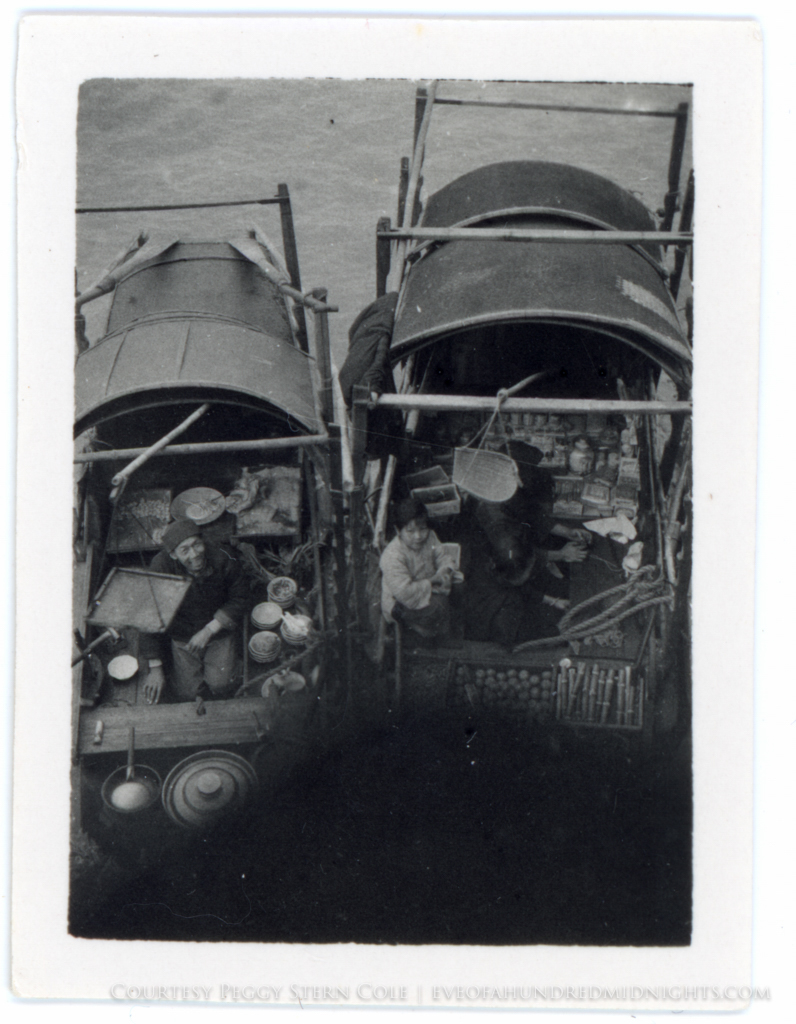
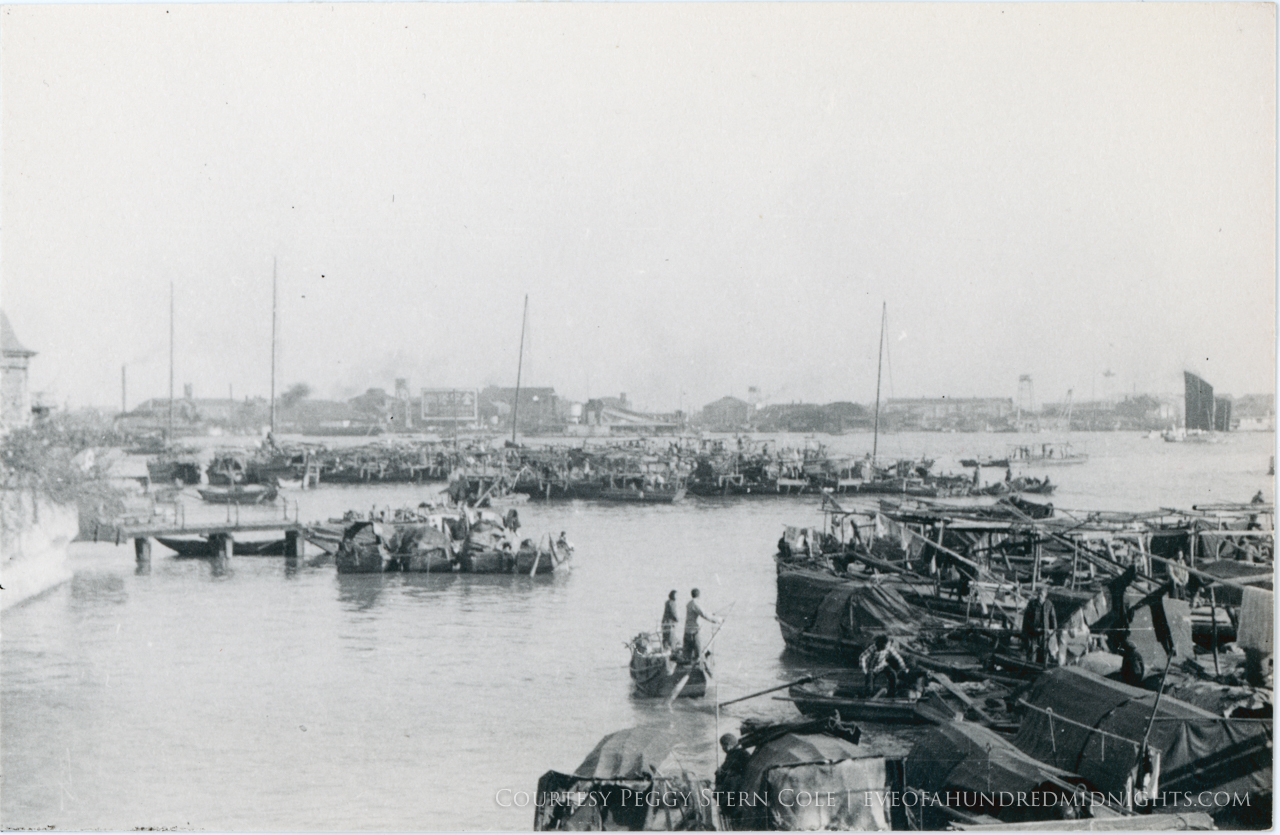

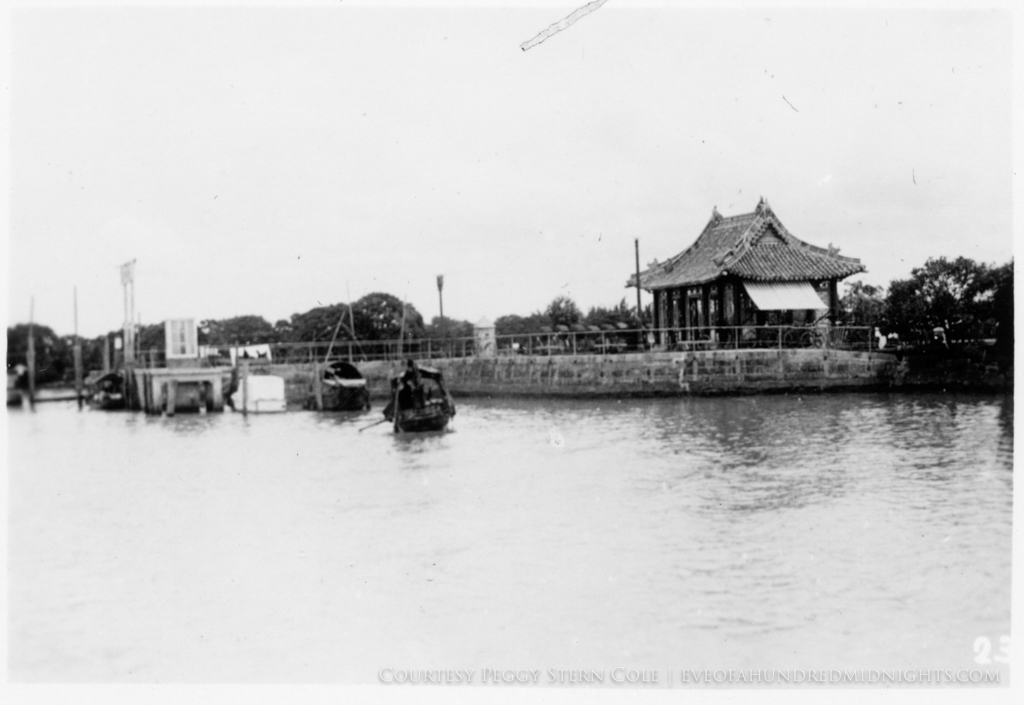
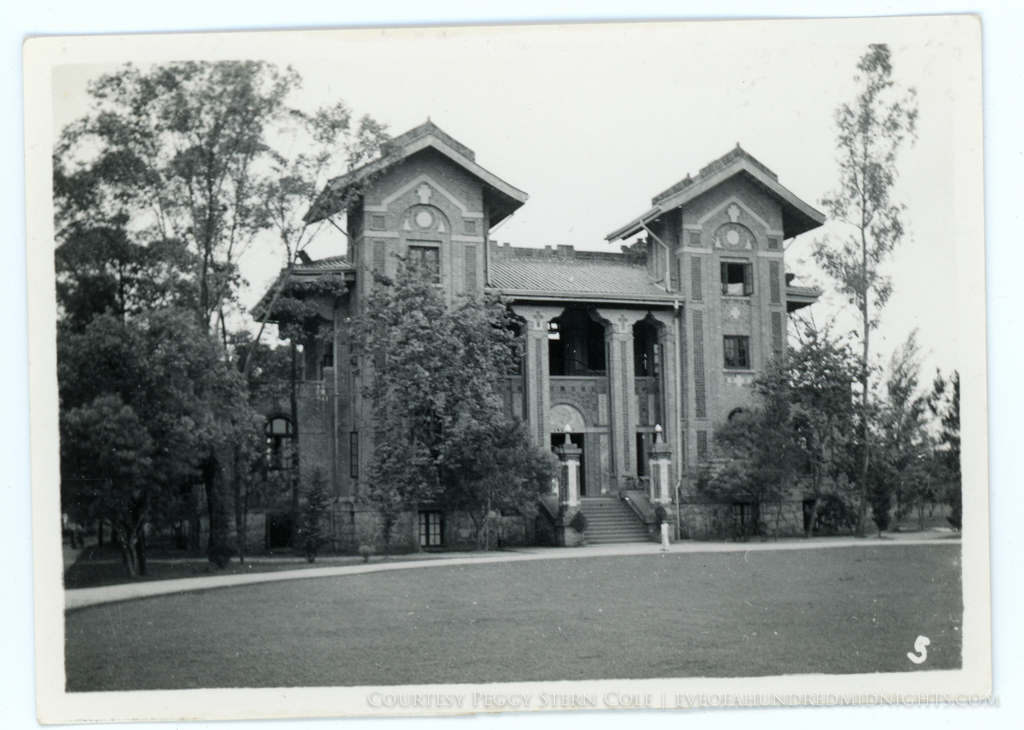
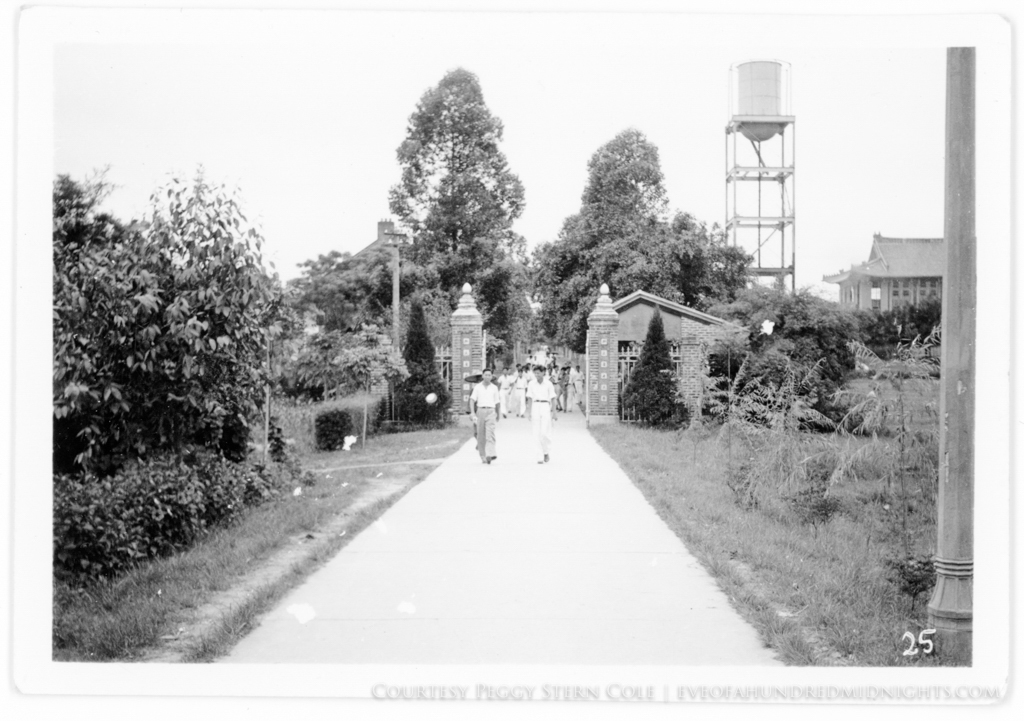
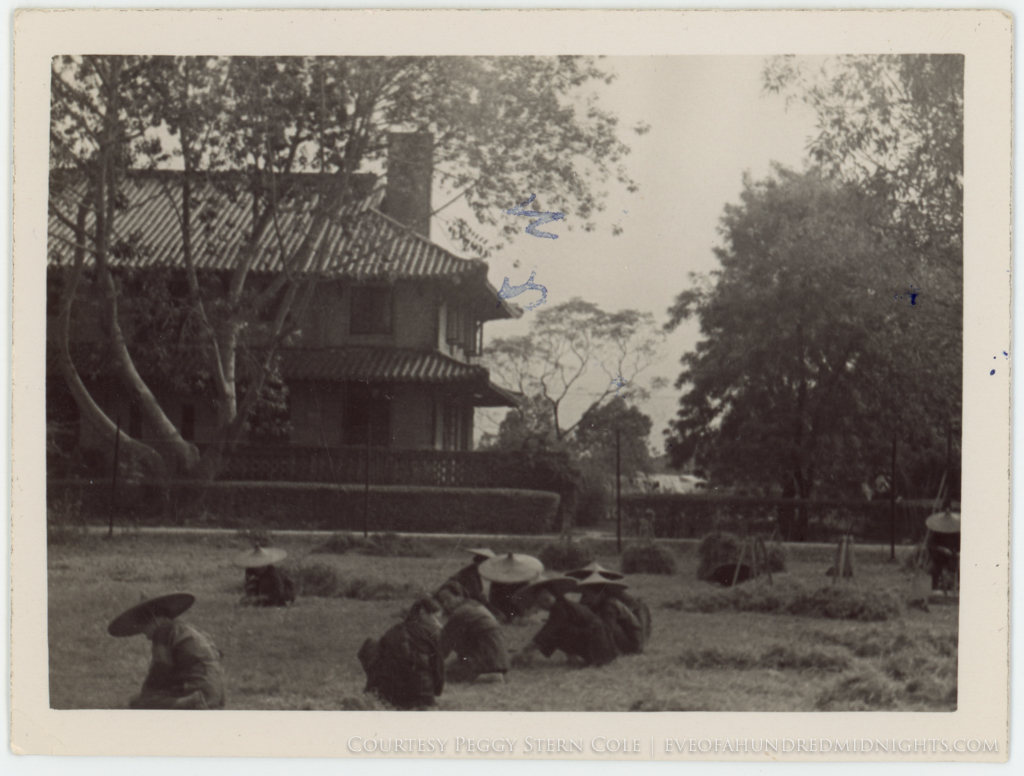
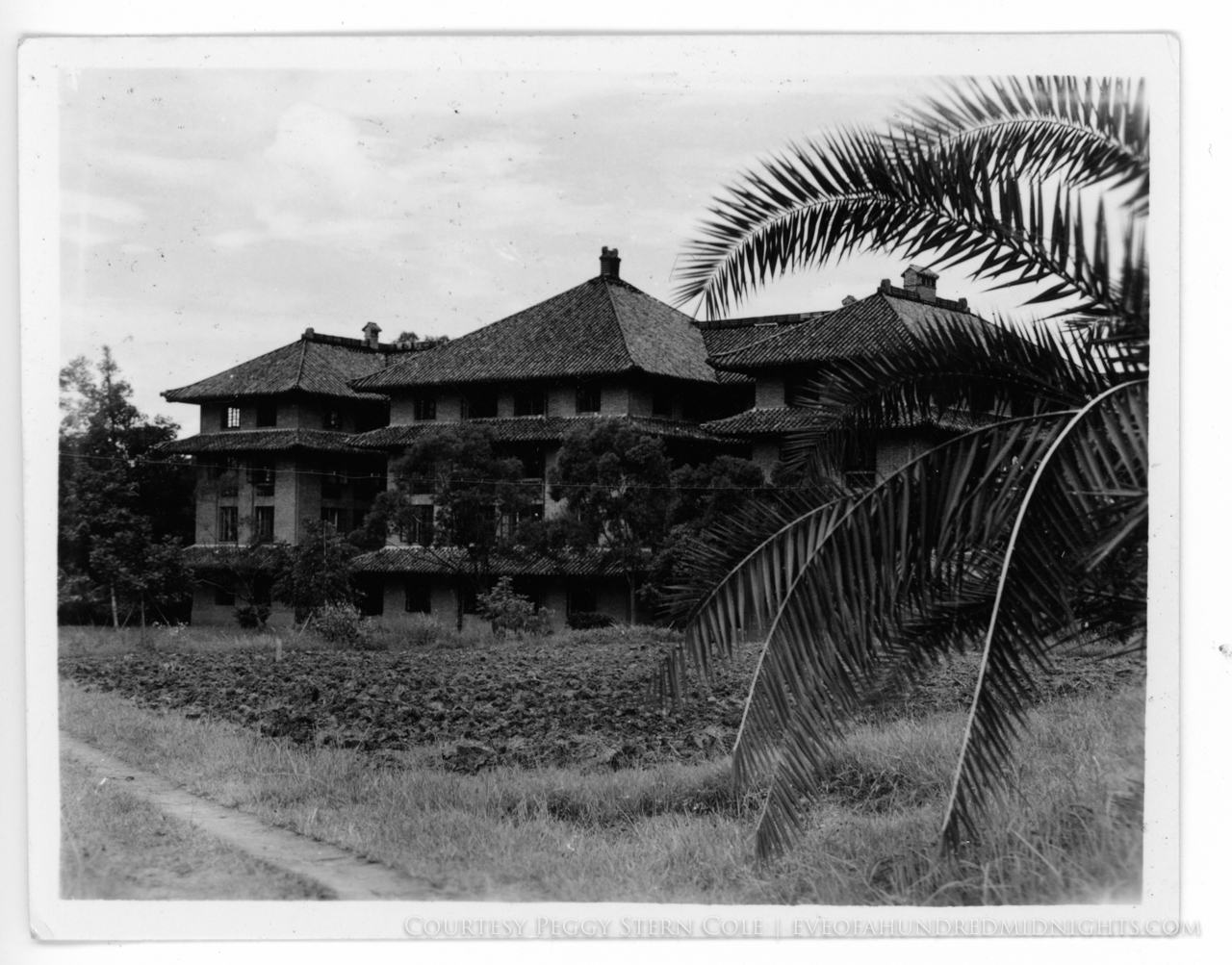

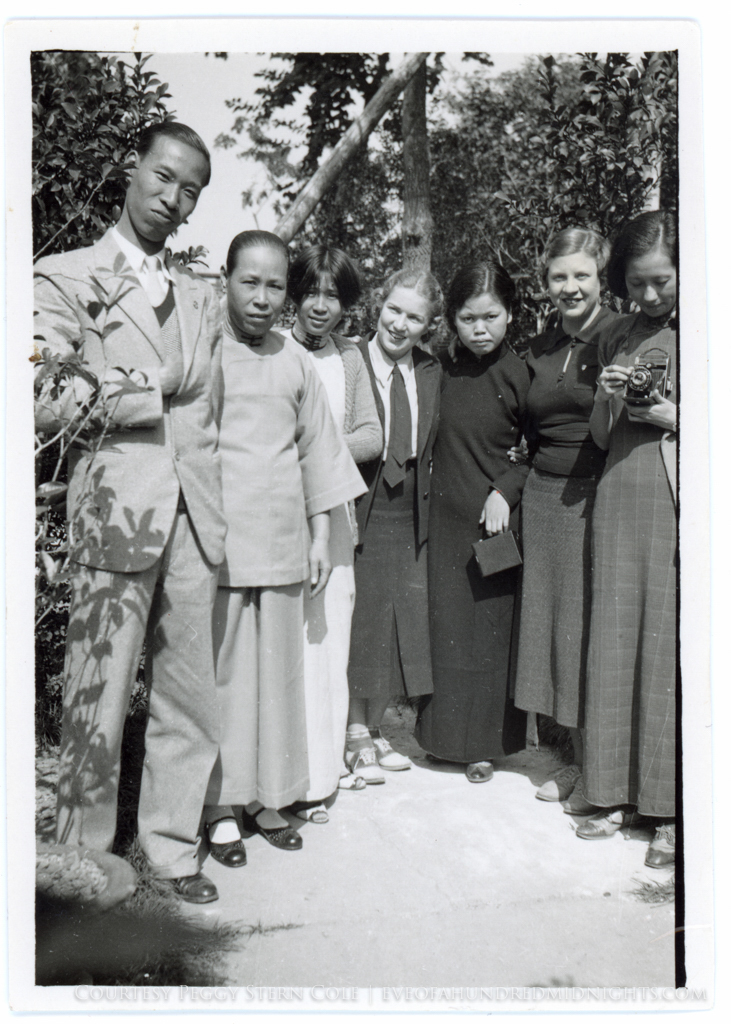
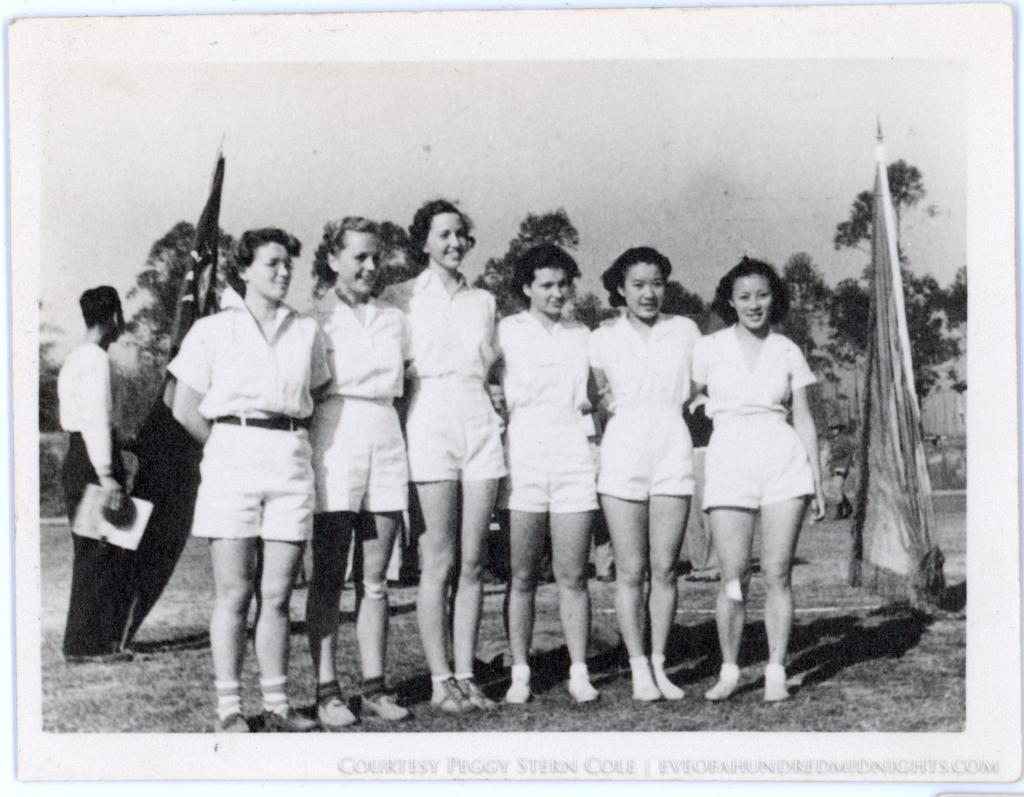
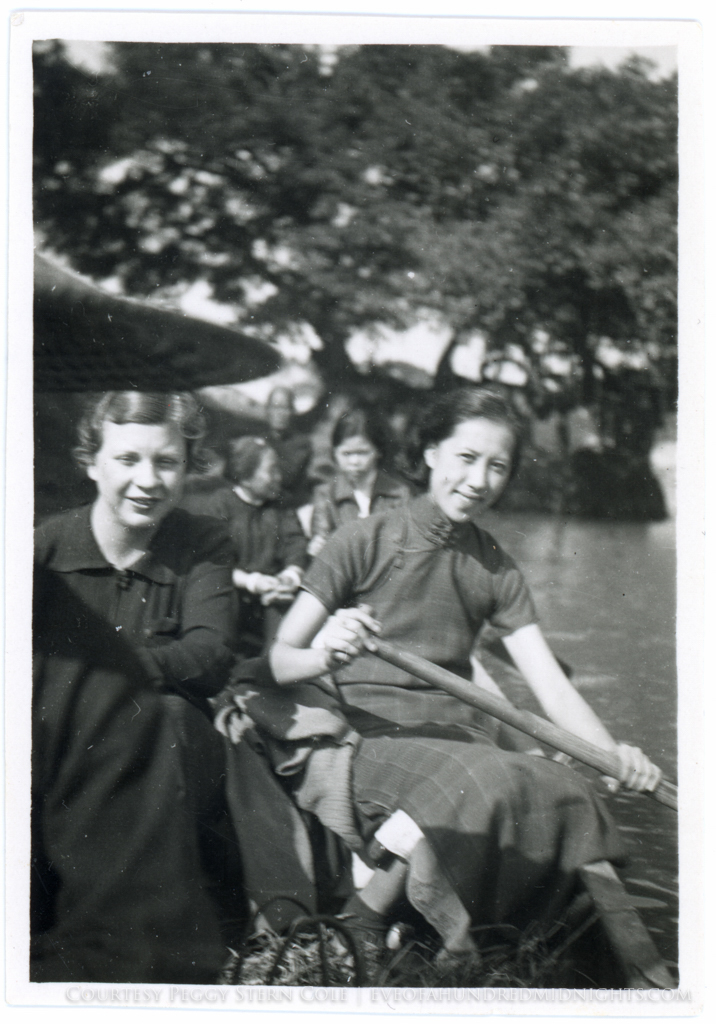
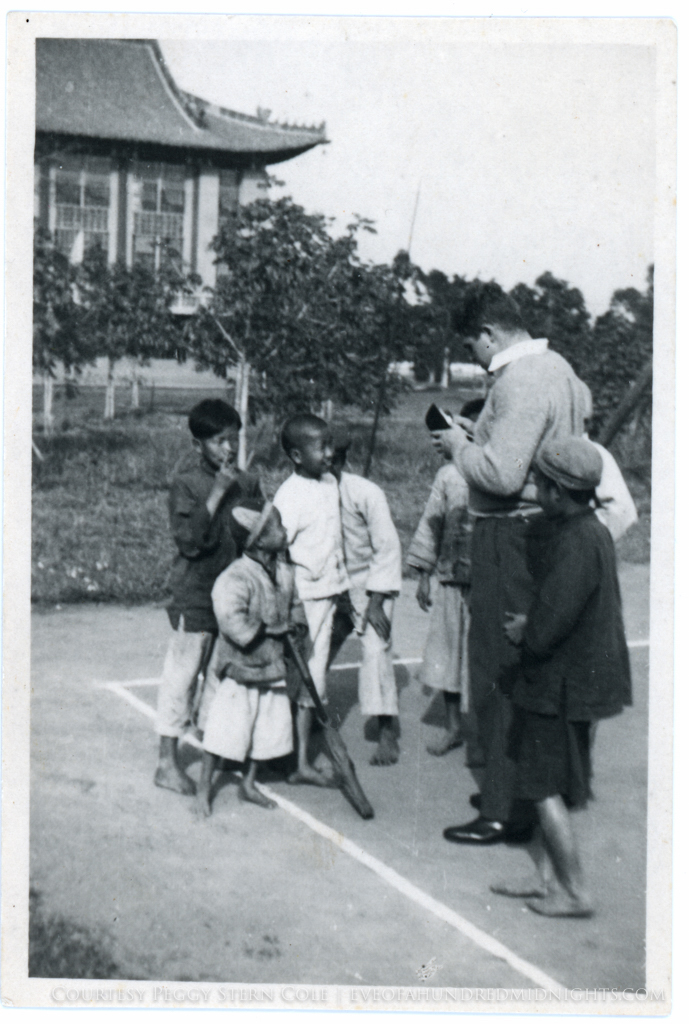

![One of the Hawaiian Chinese Girls [Front]-2.jpg](https://images.squarespace-cdn.com/content/v1/51db1d79e4b03e2f06324d97/1469736497421-JDTW1R4G8WMPFTPGWLYA/One+of+the+Hawaiian+Chinese+Girls+%5BFront%5D-2.jpg)
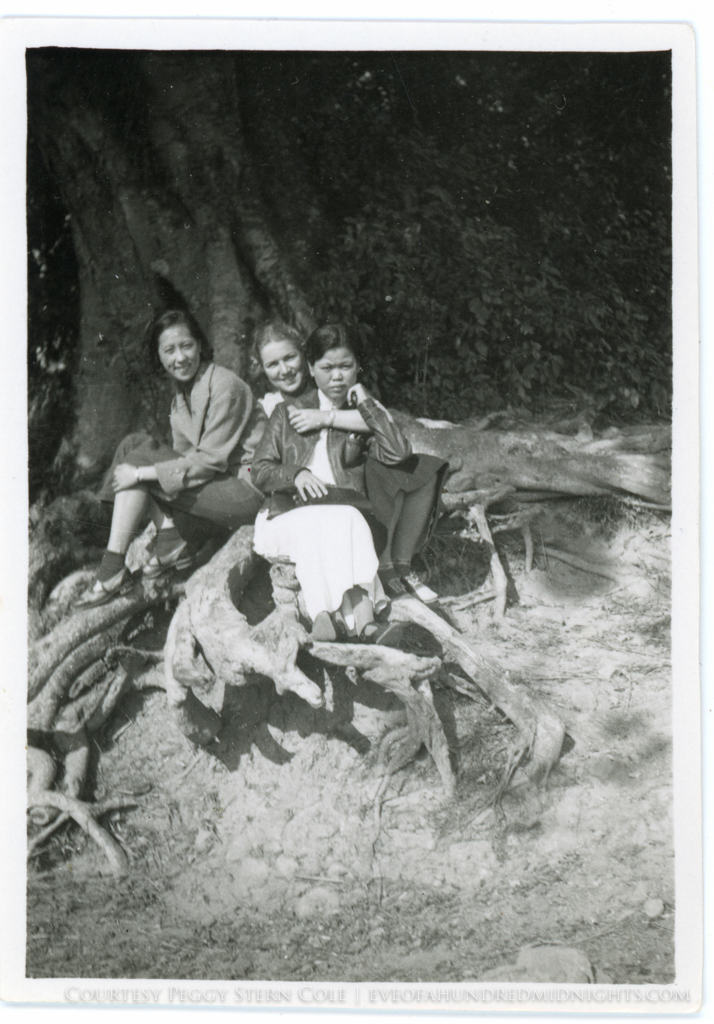
![Lingnan Meal With Students Identified [Front].jpg](https://images.squarespace-cdn.com/content/v1/51db1d79e4b03e2f06324d97/1469736475226-XQ155UF2HIZ4DW5DZXMO/Lingnan+Meal+With+Students+Identified+%5BFront%5D.jpg)

![Head Ama Ay Ti [front].jpg](https://images.squarespace-cdn.com/content/v1/51db1d79e4b03e2f06324d97/1469736463411-HWUEGD604VBMRKON0J2U/Head+Ama+Ay+Ti+%5Bfront%5D.jpg)


![Chinese Dragon Up Close [Front].jpg](https://images.squarespace-cdn.com/content/v1/51db1d79e4b03e2f06324d97/1469736442019-XIW0UYWY93YT1ENOU2AN/Chinese+Dragon+Up+Close+%5BFront%5D.jpg)
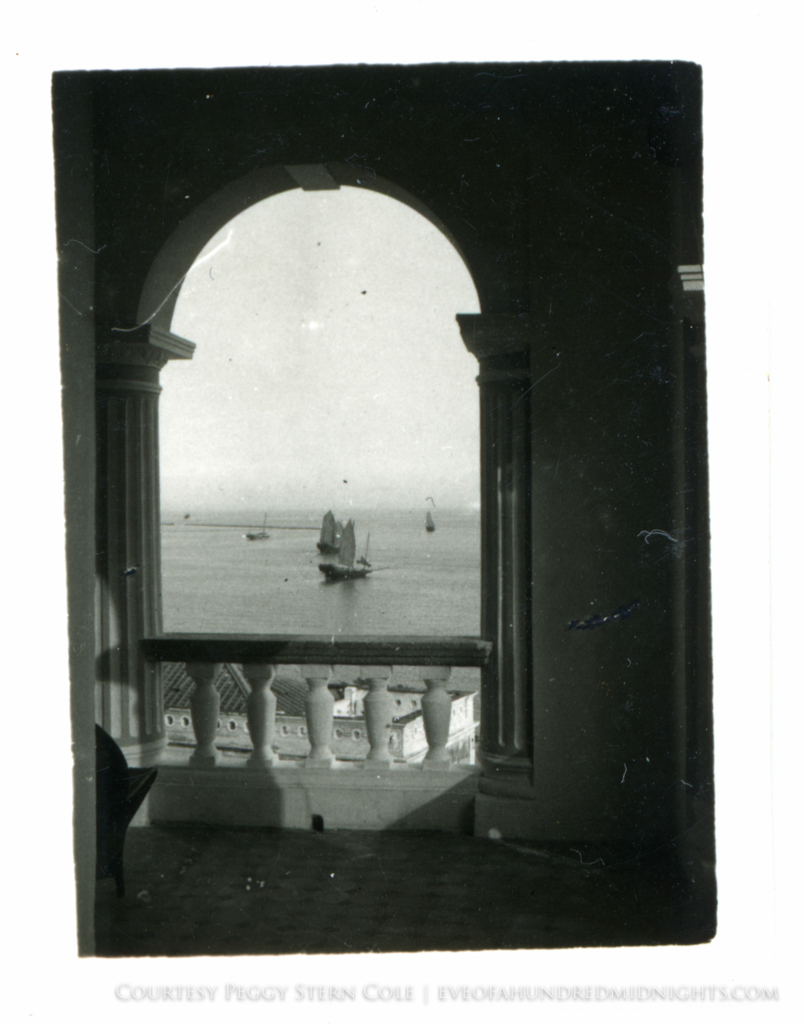
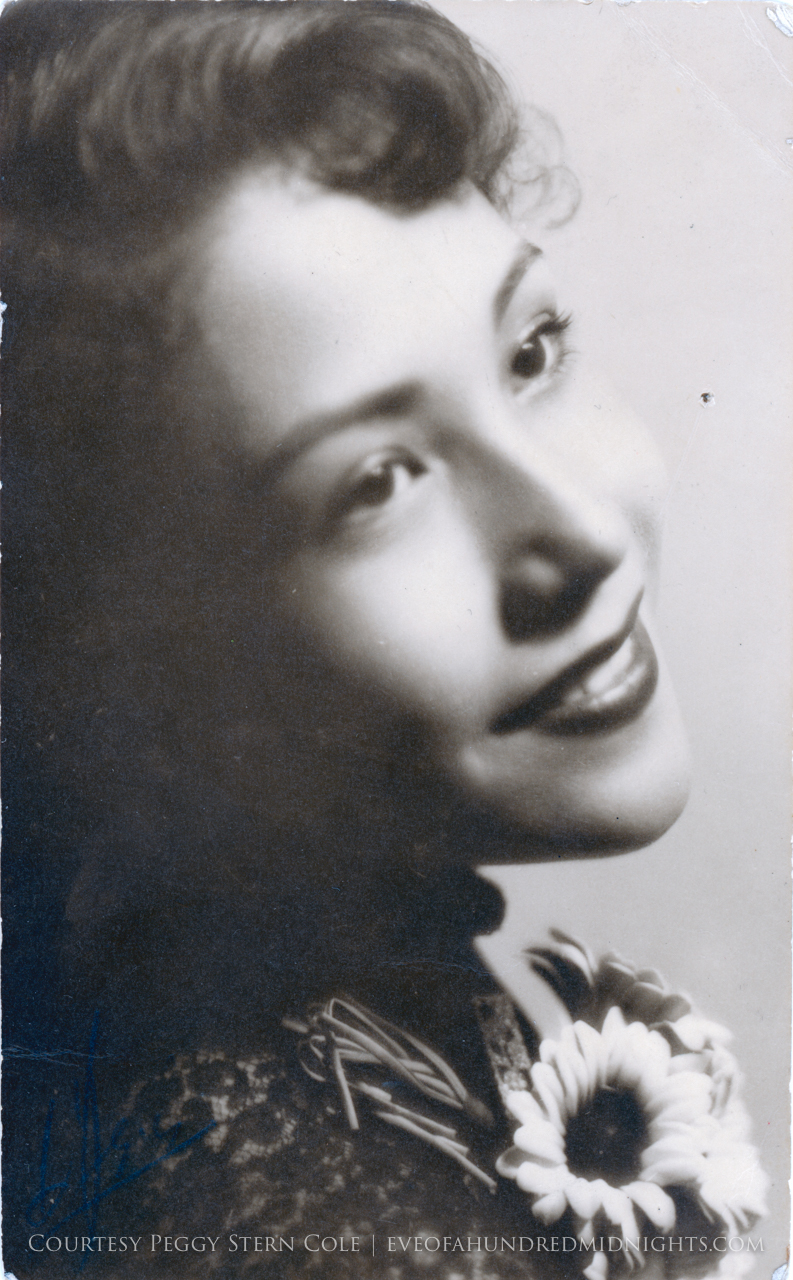
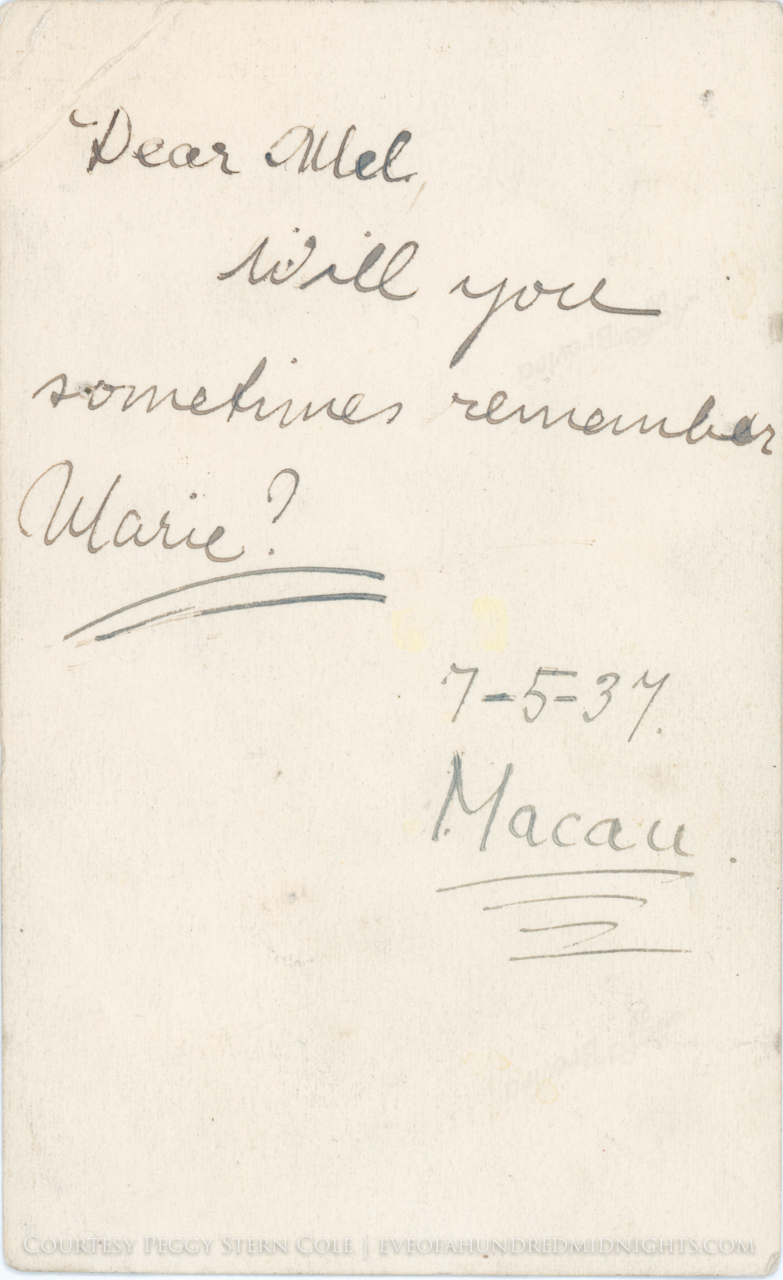
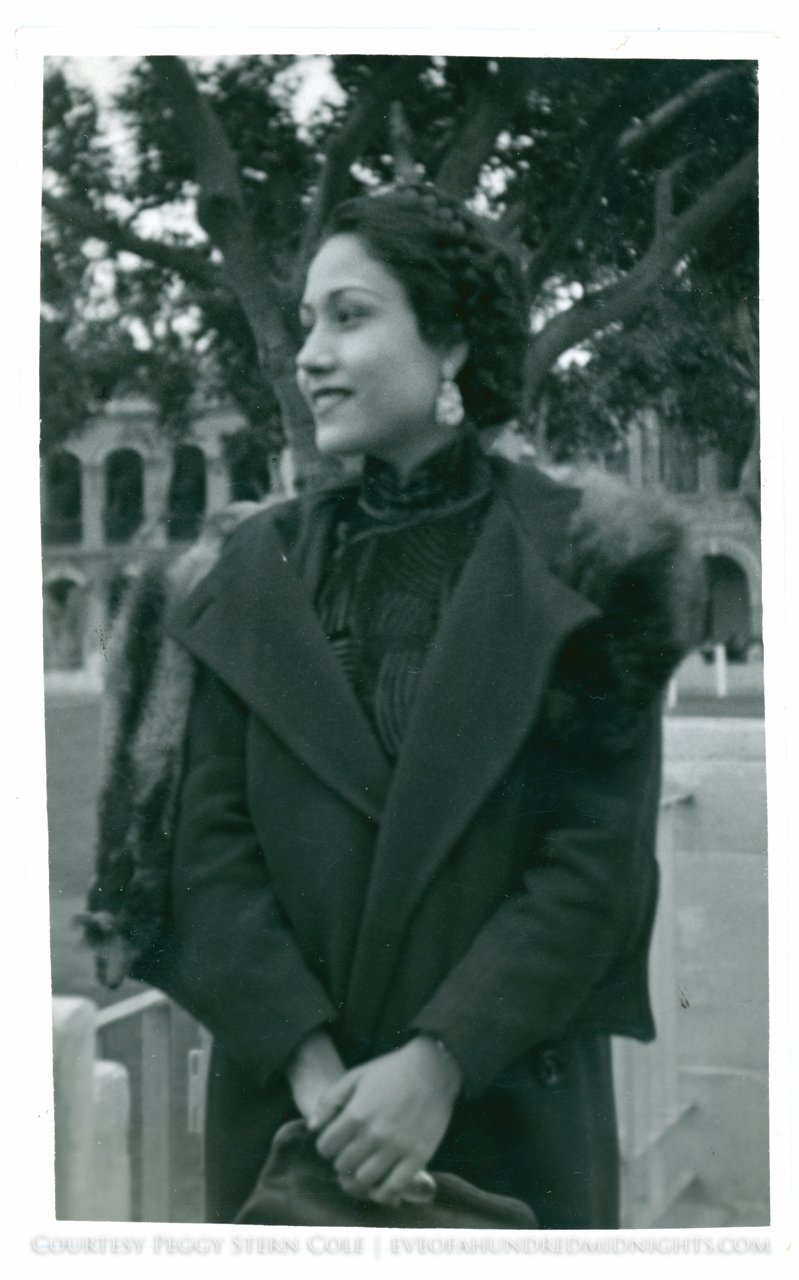

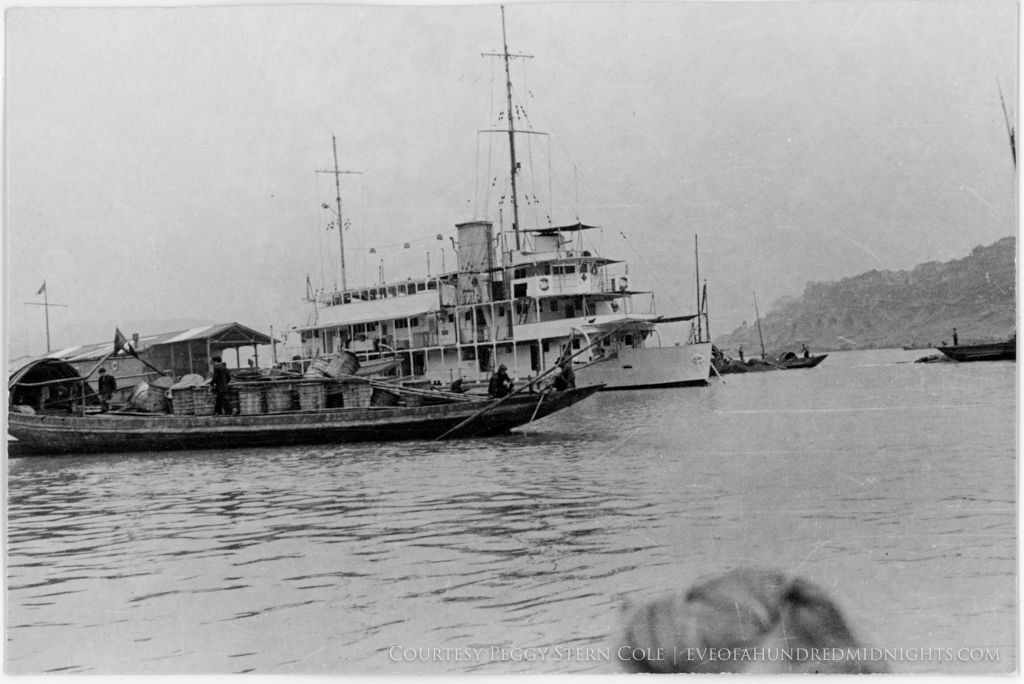
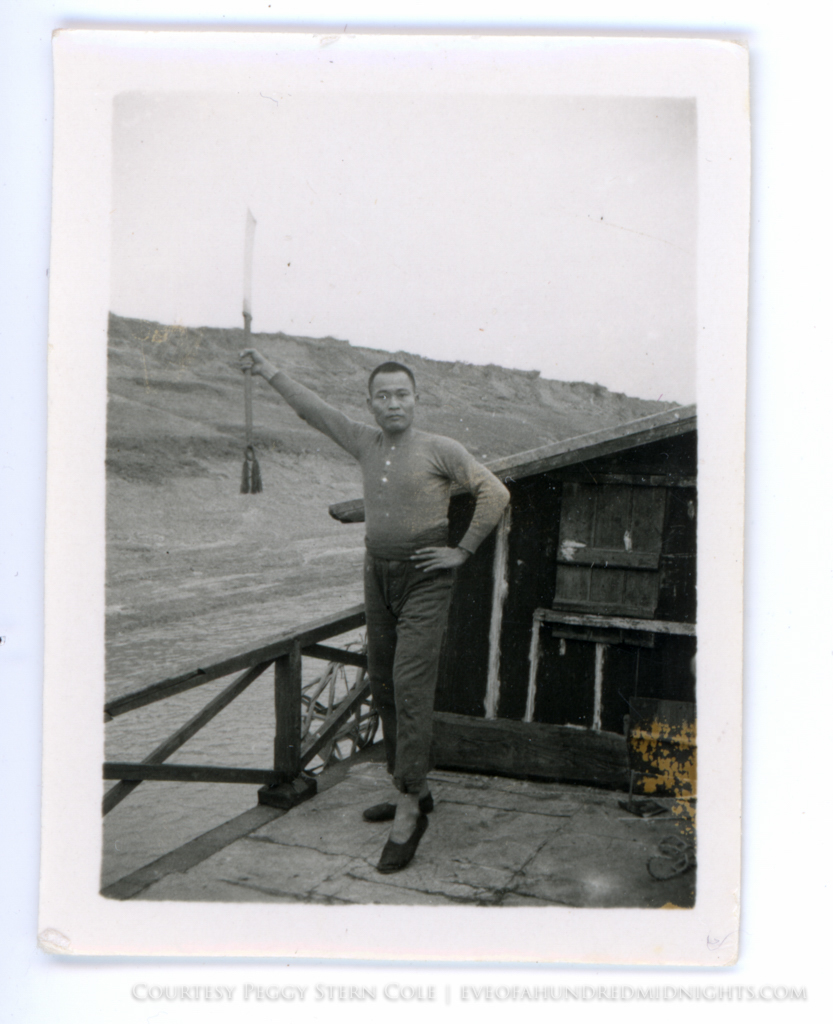
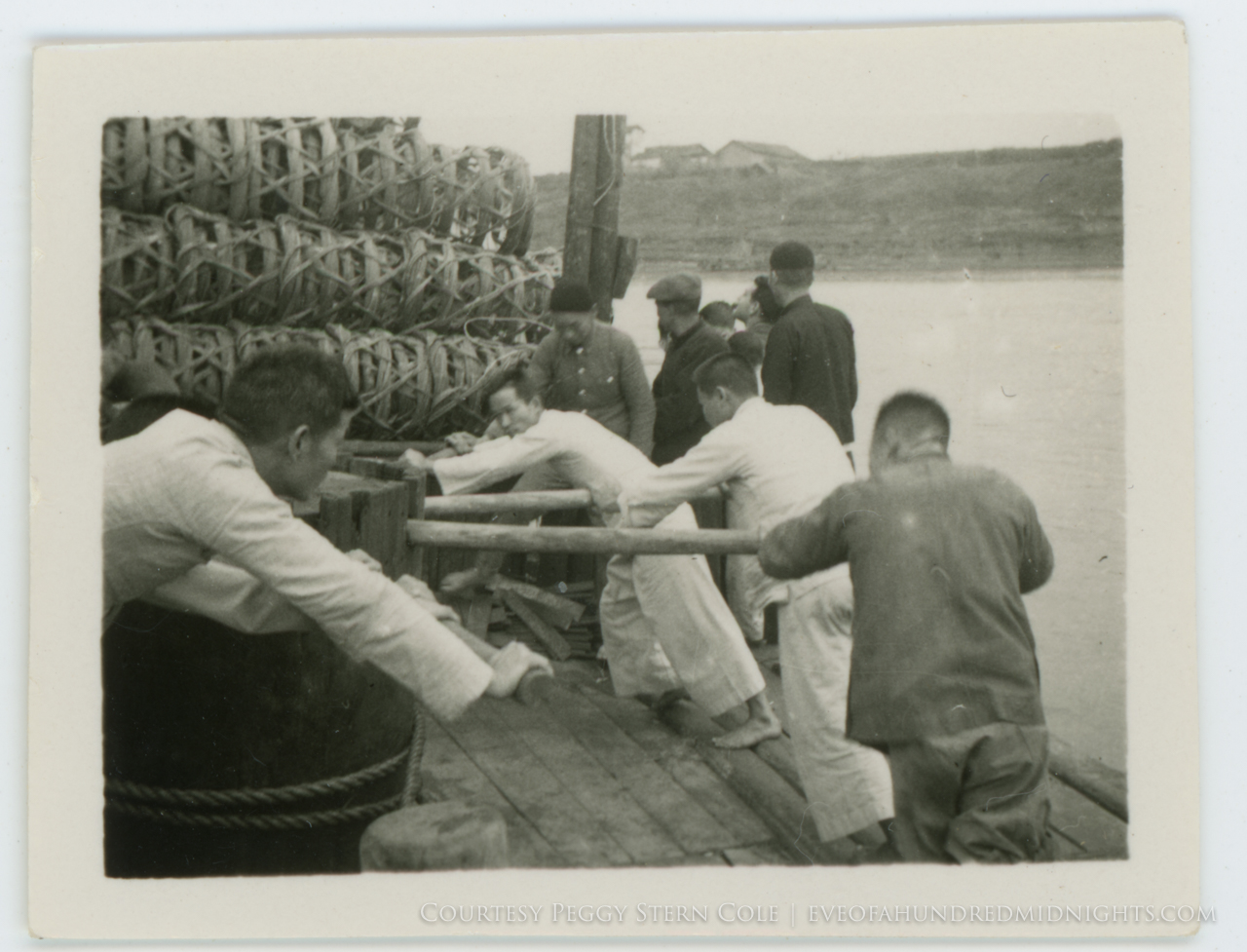
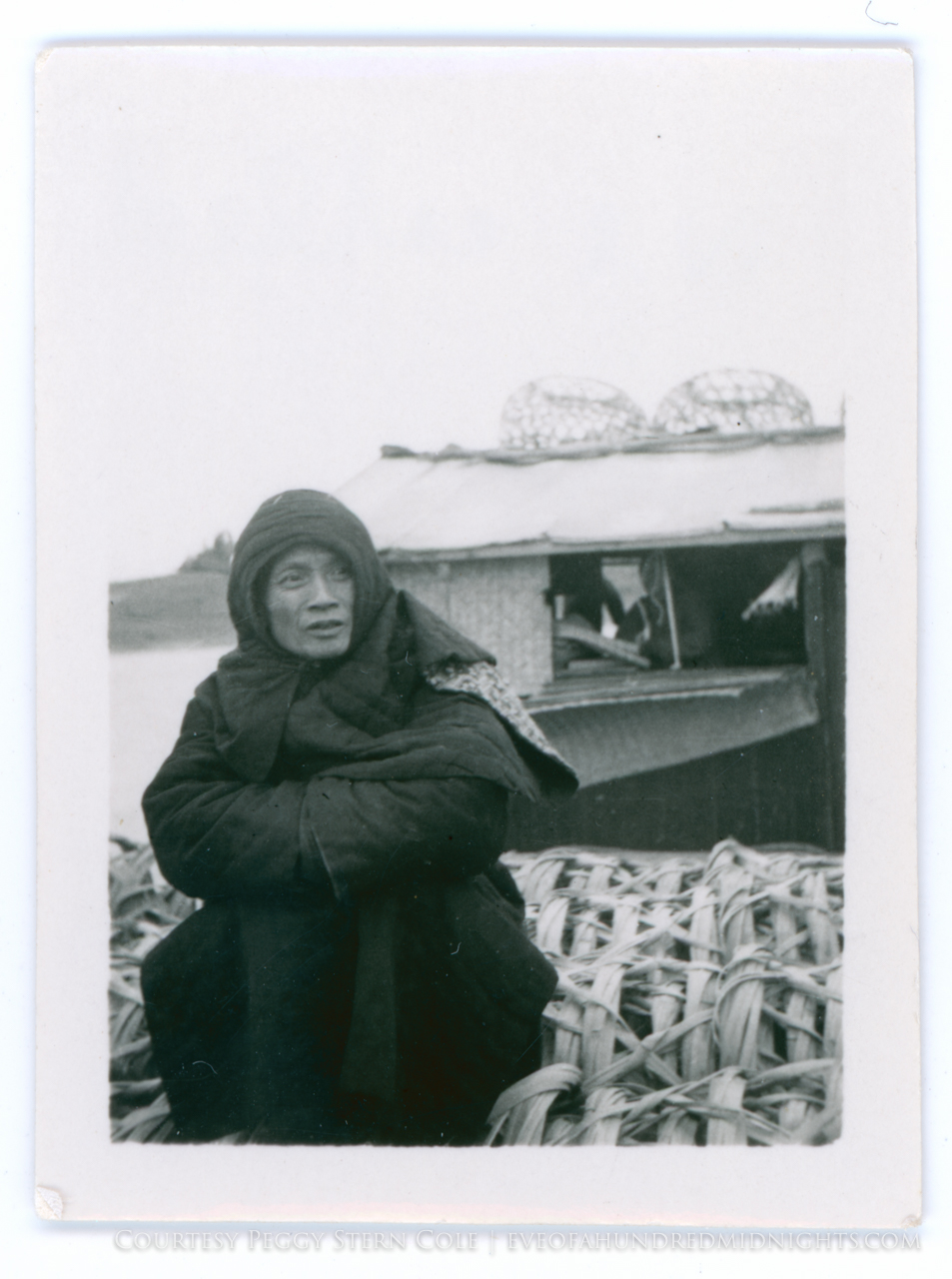
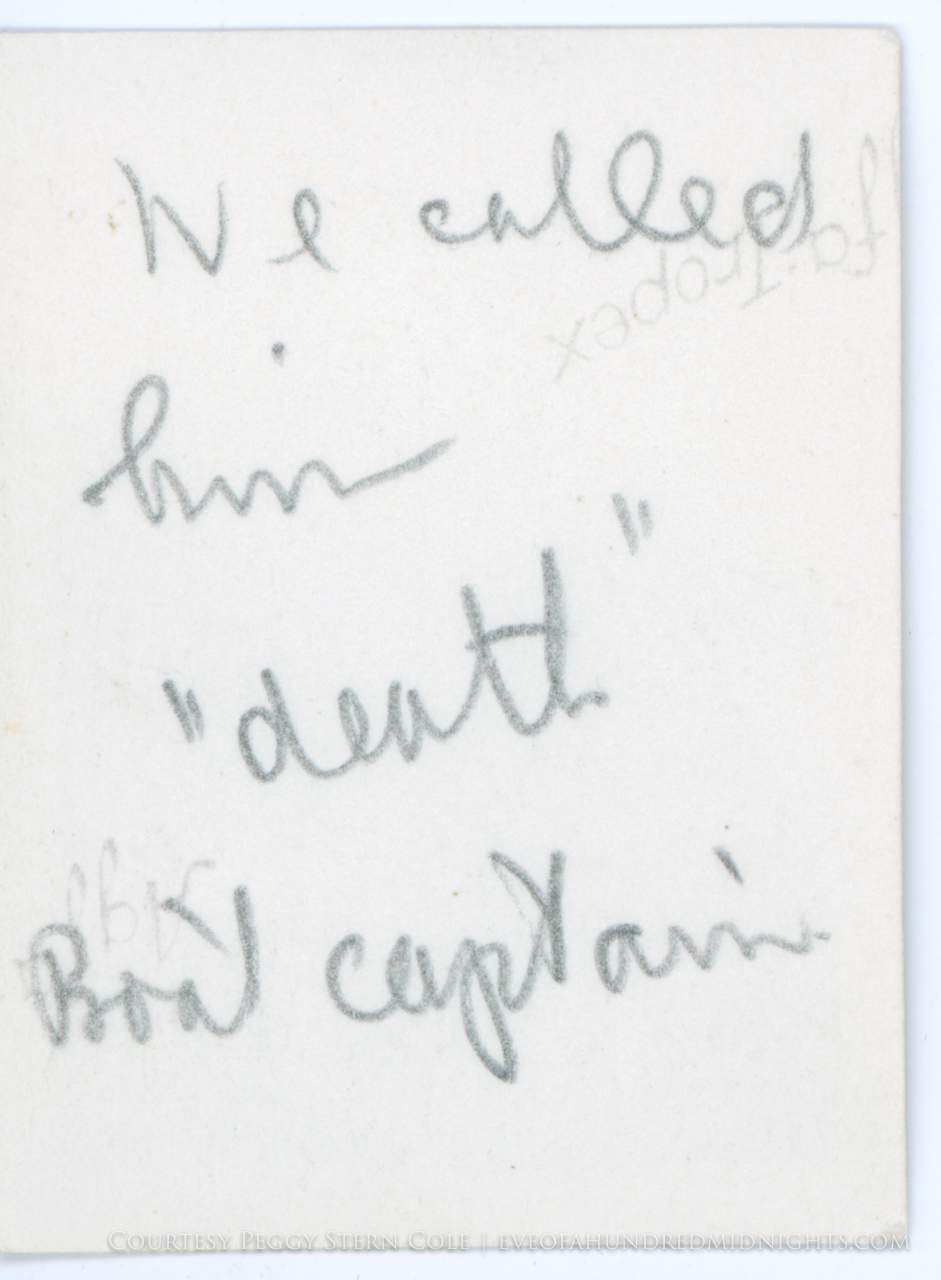
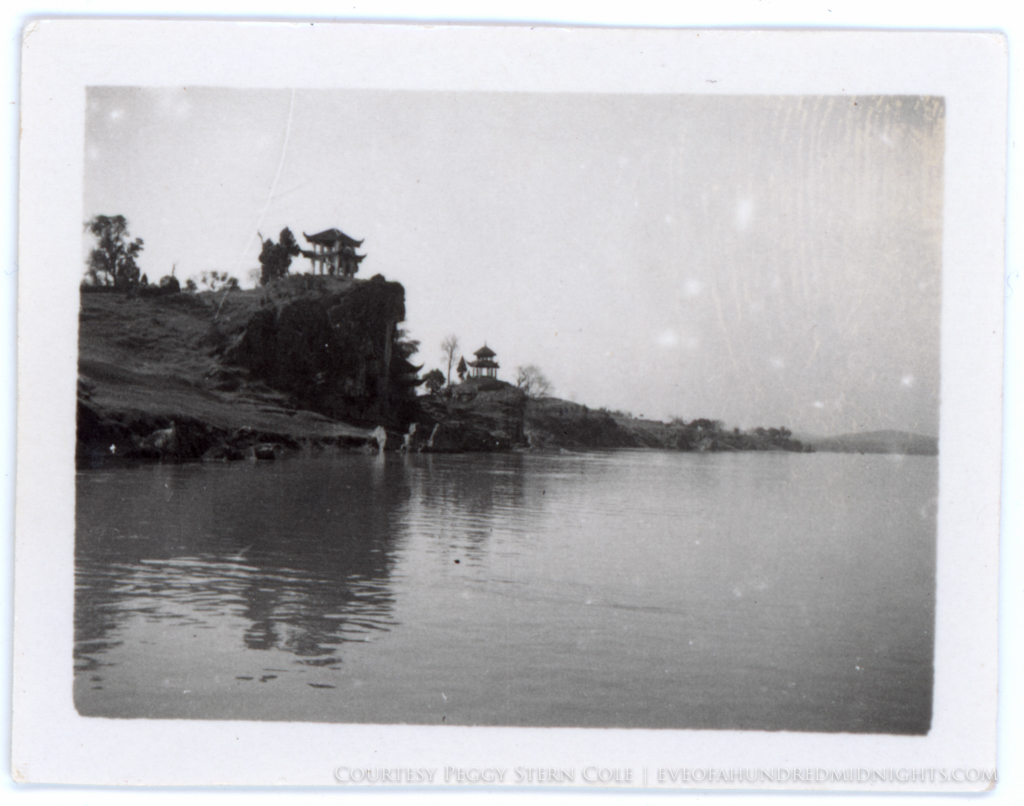
![Barefoot Soldiers [Likely in Guangxi].jpg](https://images.squarespace-cdn.com/content/v1/51db1d79e4b03e2f06324d97/1469736421060-PVFIHAKH8UZ7LHDC0OG3/Barefoot+Soldiers+%5BLikely+in+Guangxi%5D.jpg)
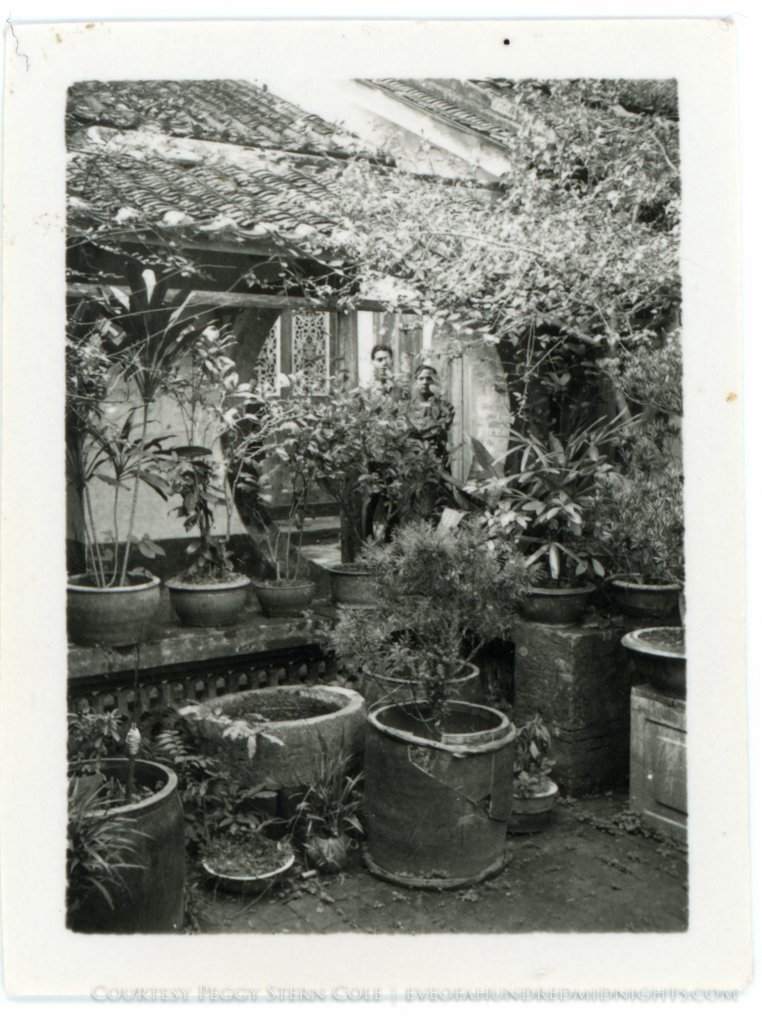
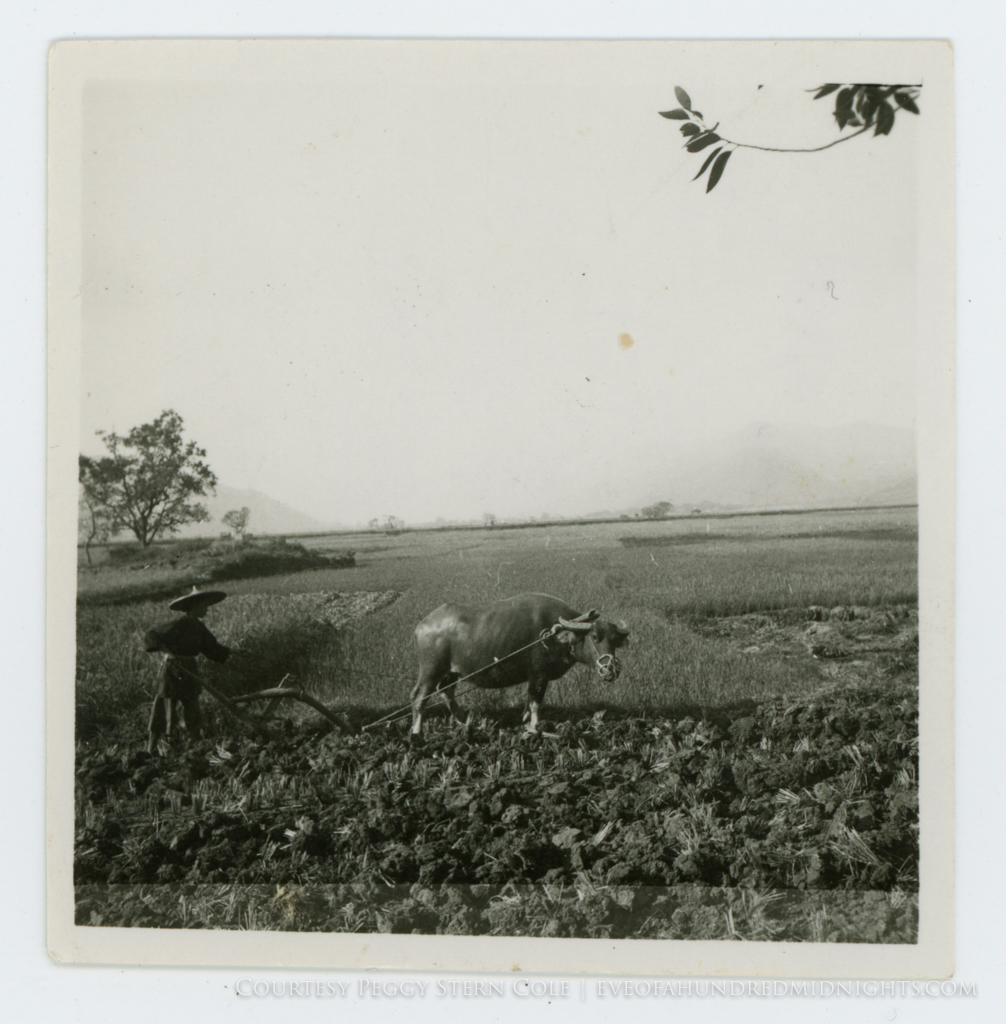
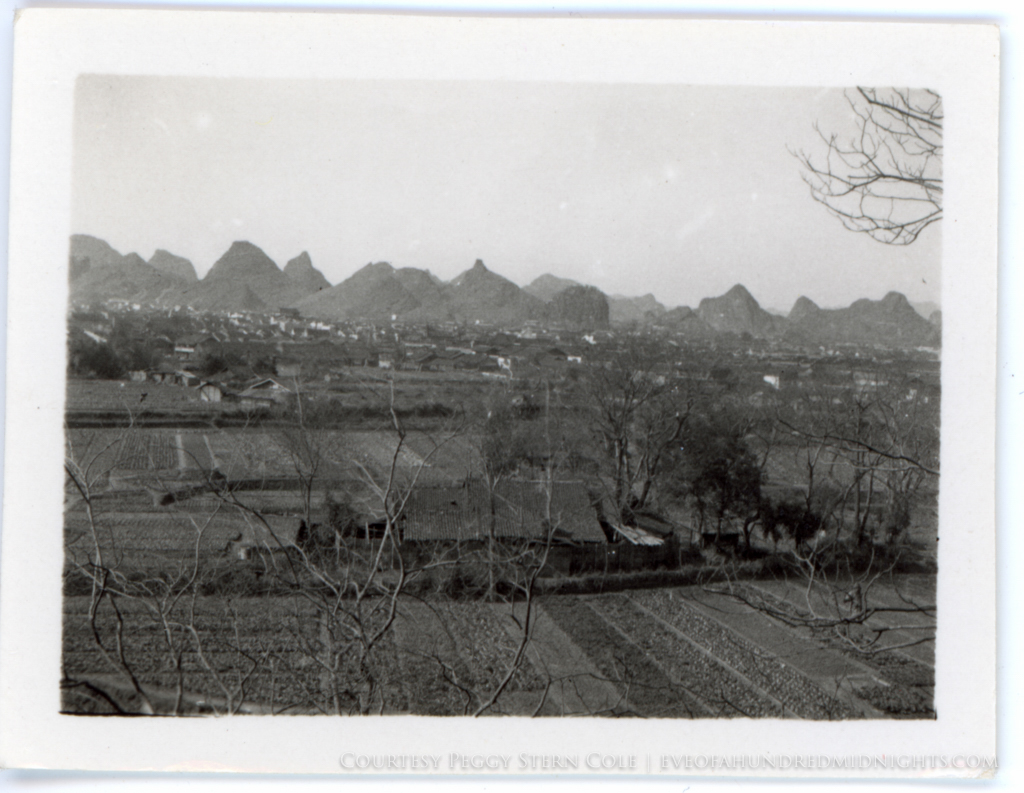
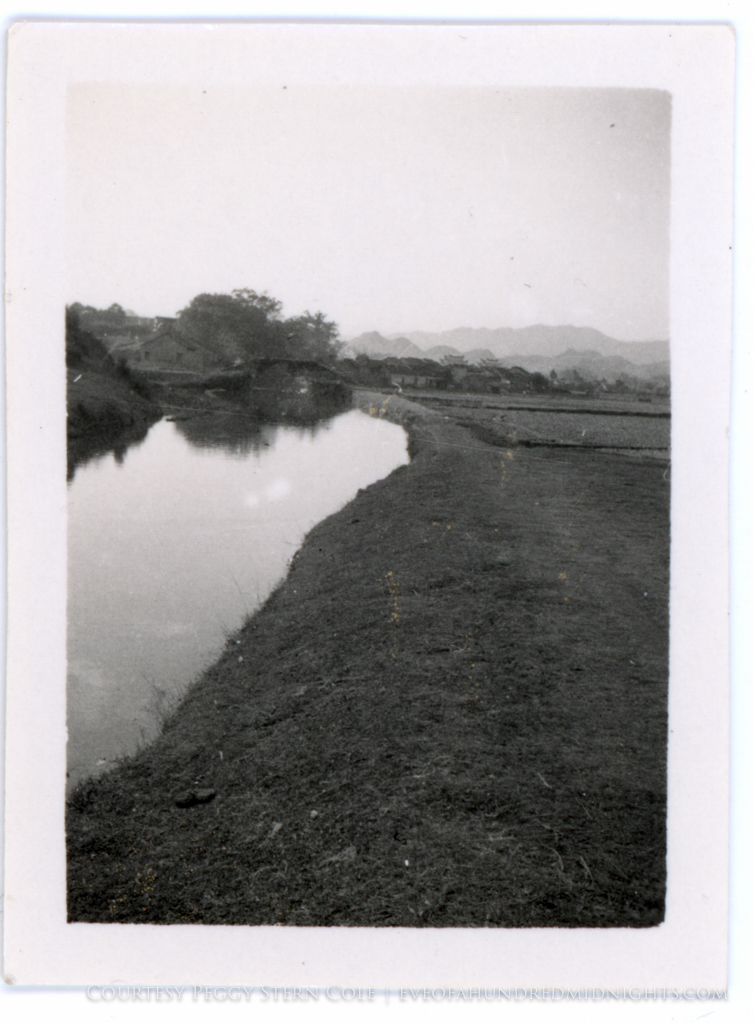
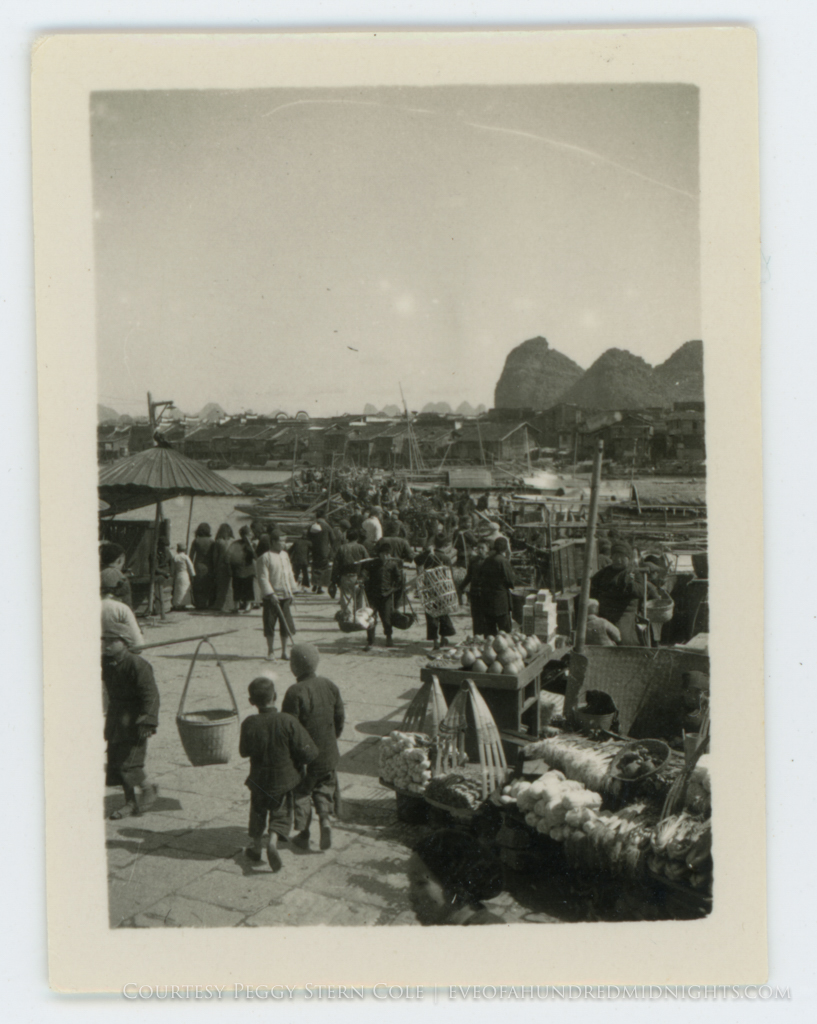
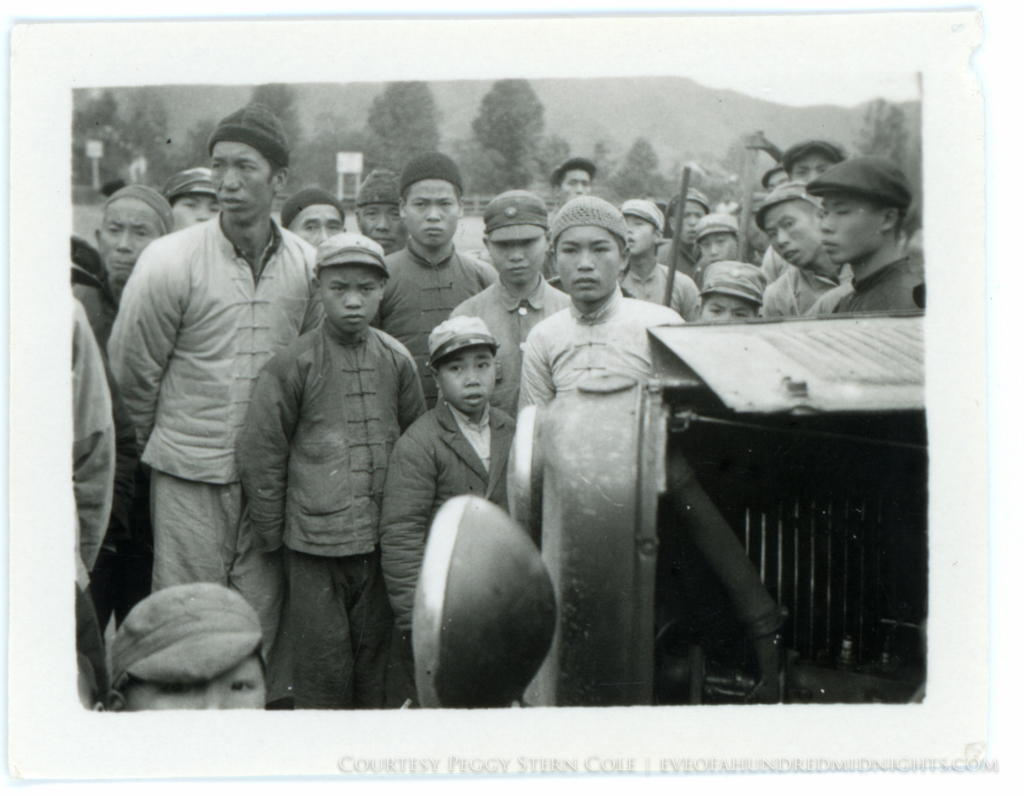
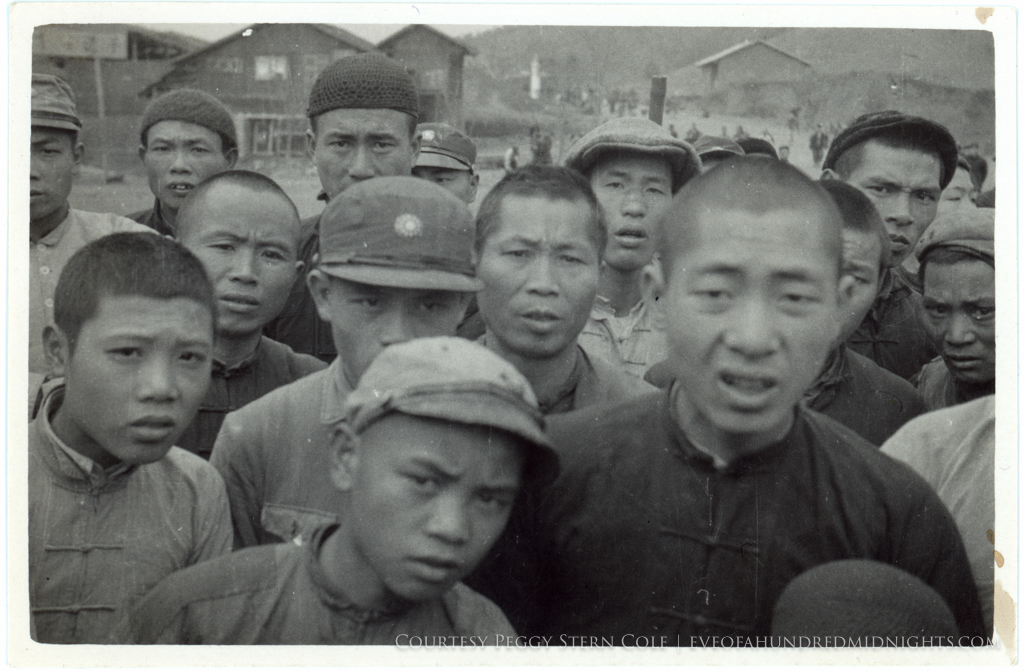
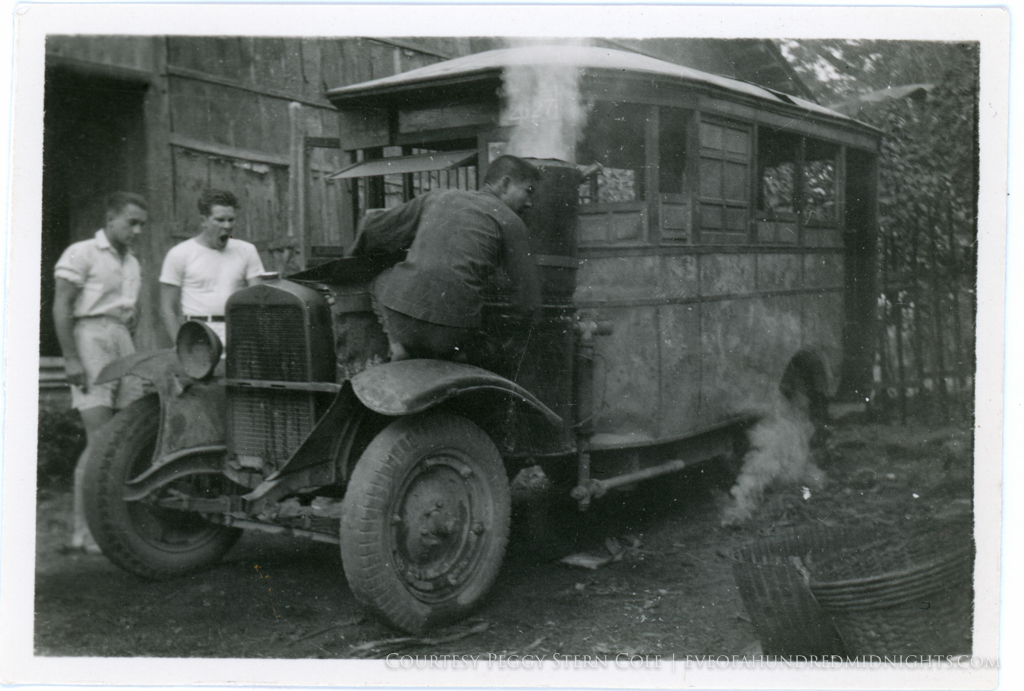
![Monastary Square Print [Front].jpg](https://images.squarespace-cdn.com/content/v1/51db1d79e4b03e2f06324d97/1469736494921-7LQSGLBD2S2Y7DXOI89W/Monastary+Square+Print+%5BFront%5D.jpg)
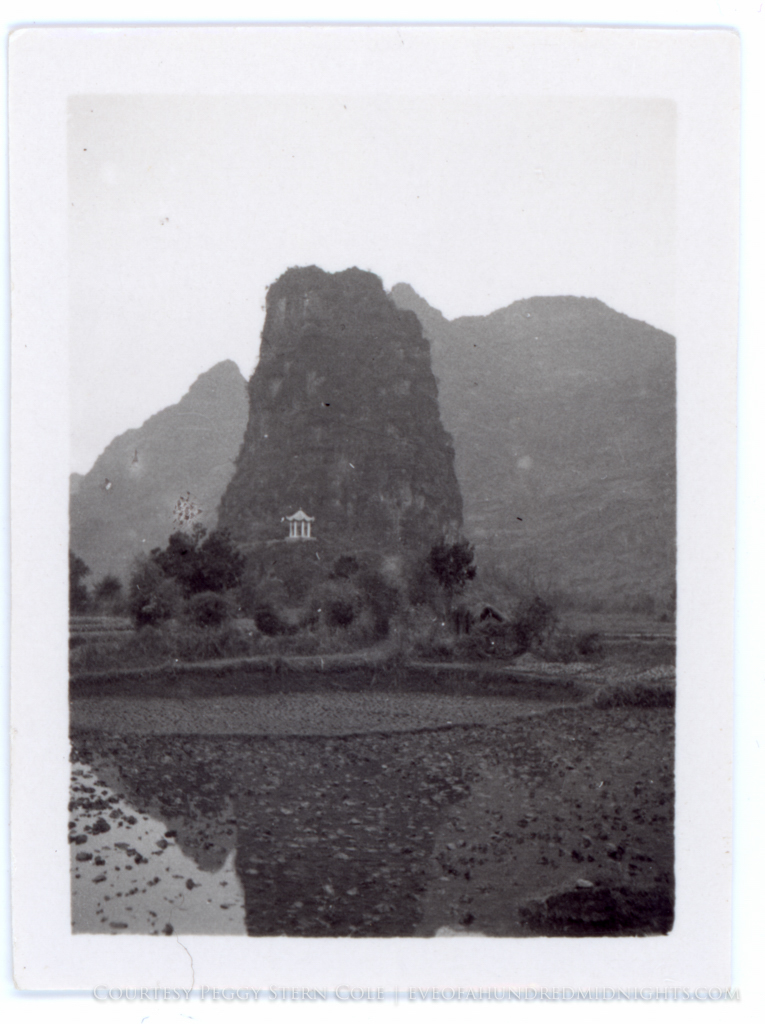
![Street Scene in Kulangsu [Front].jpg](https://images.squarespace-cdn.com/content/v1/51db1d79e4b03e2f06324d97/1473380912005-VMADU257LY8ASFINK1Y3/Street+Scene+in+Kulangsu+%5BFront%5D.jpg)
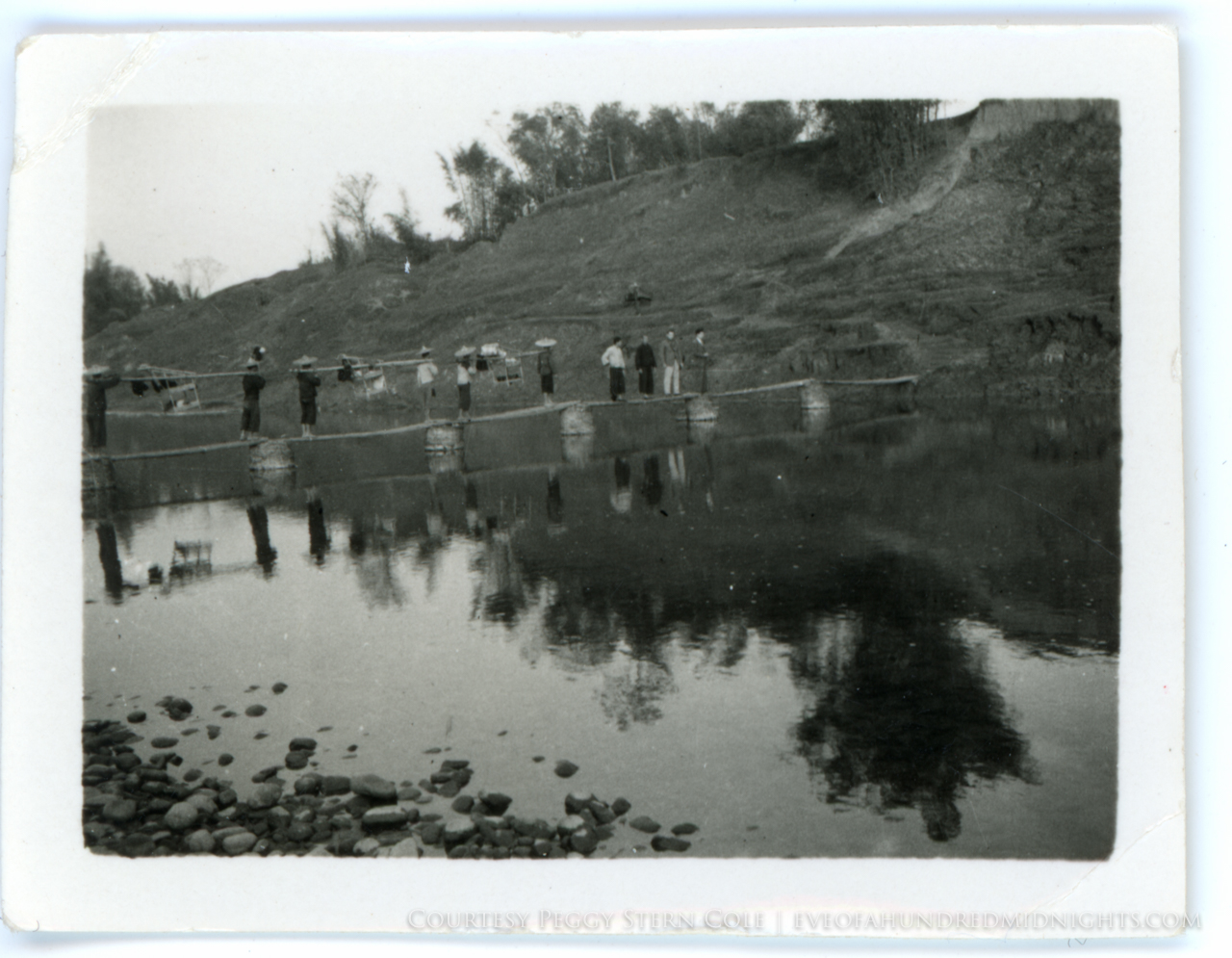
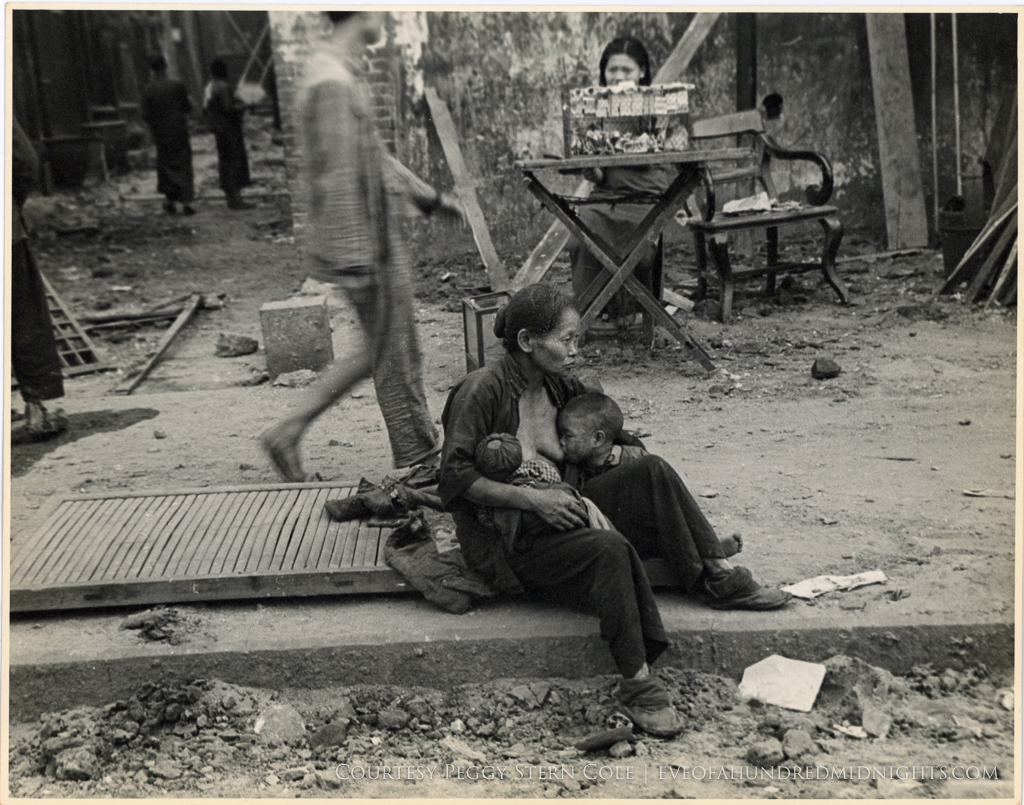
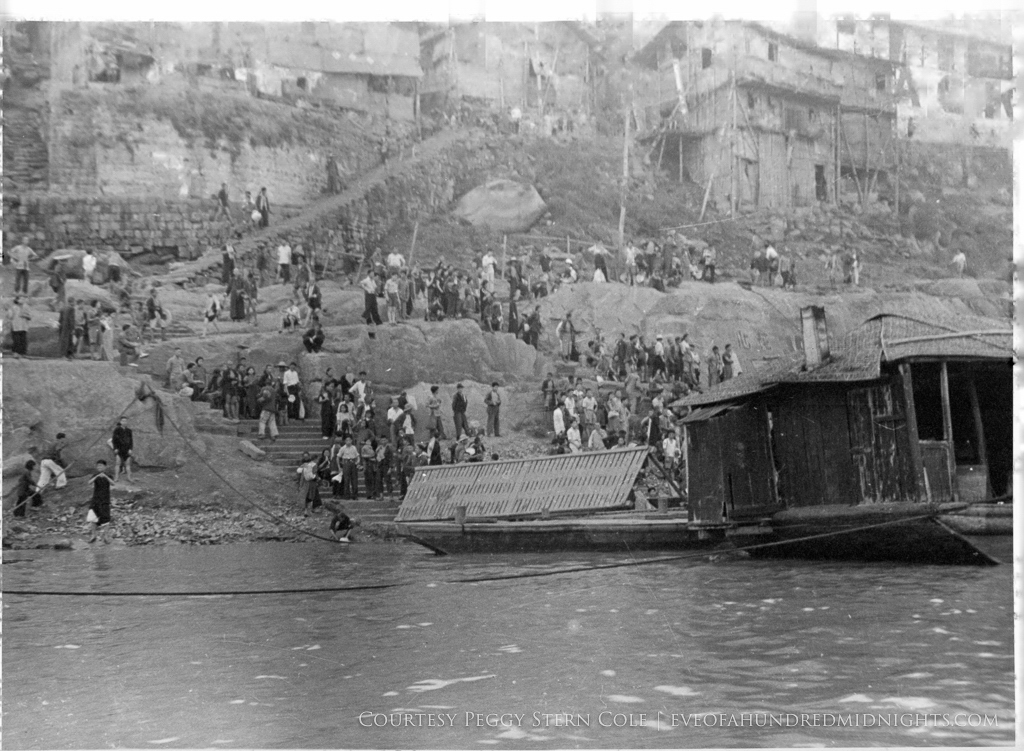
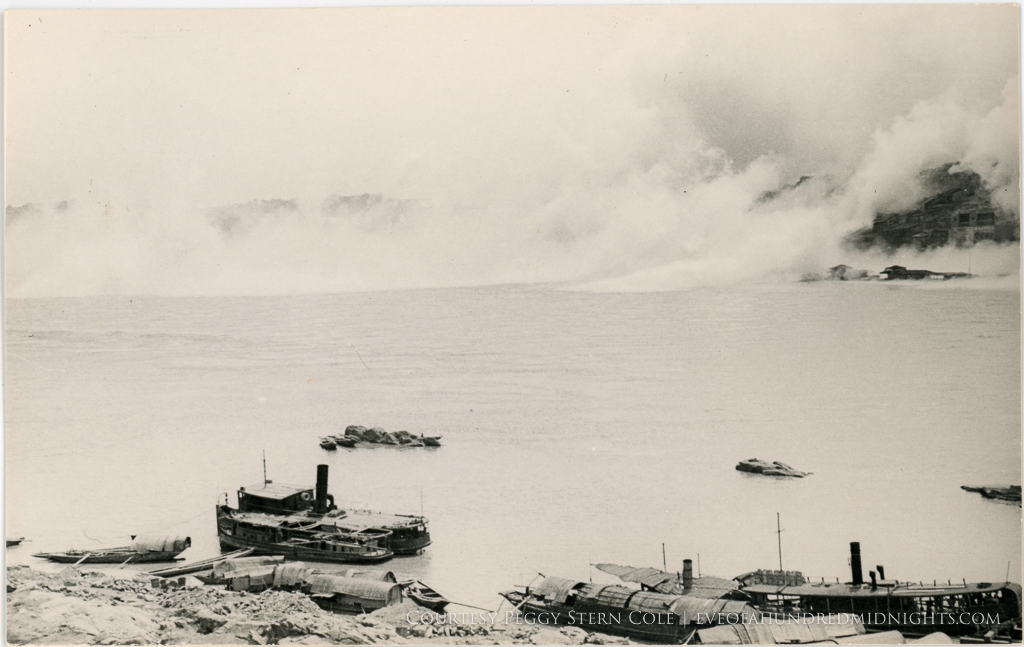
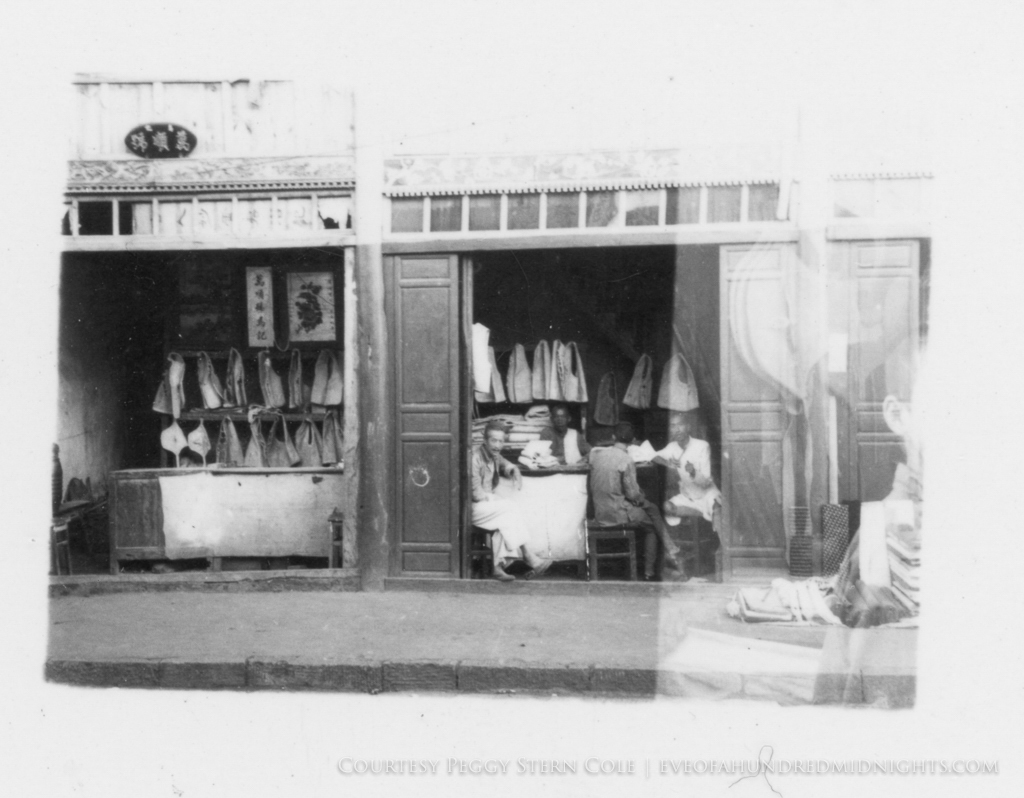
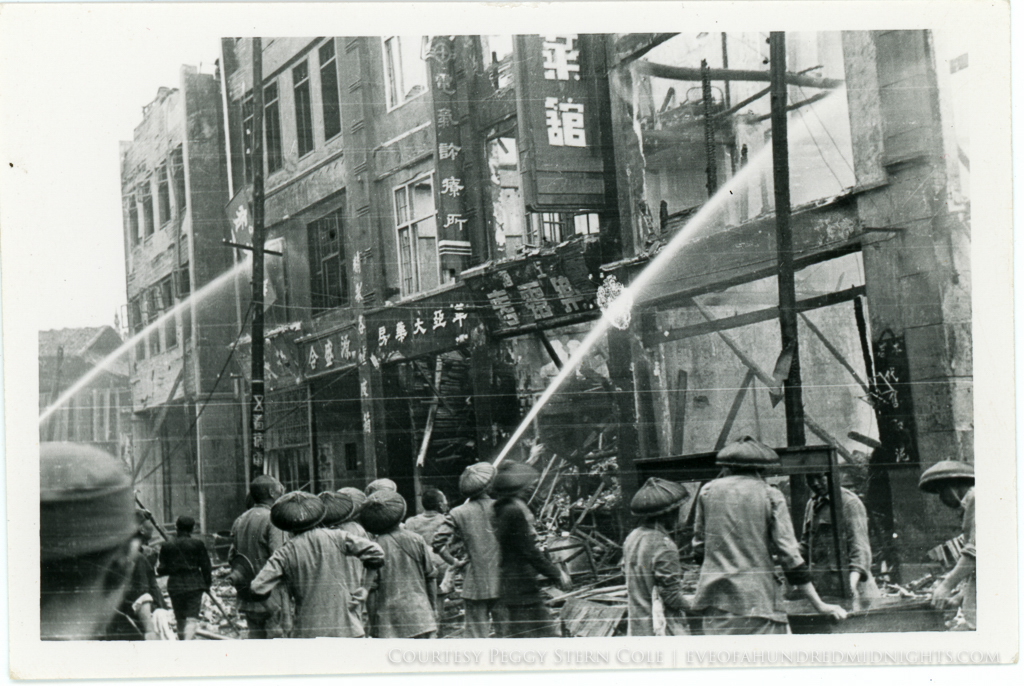
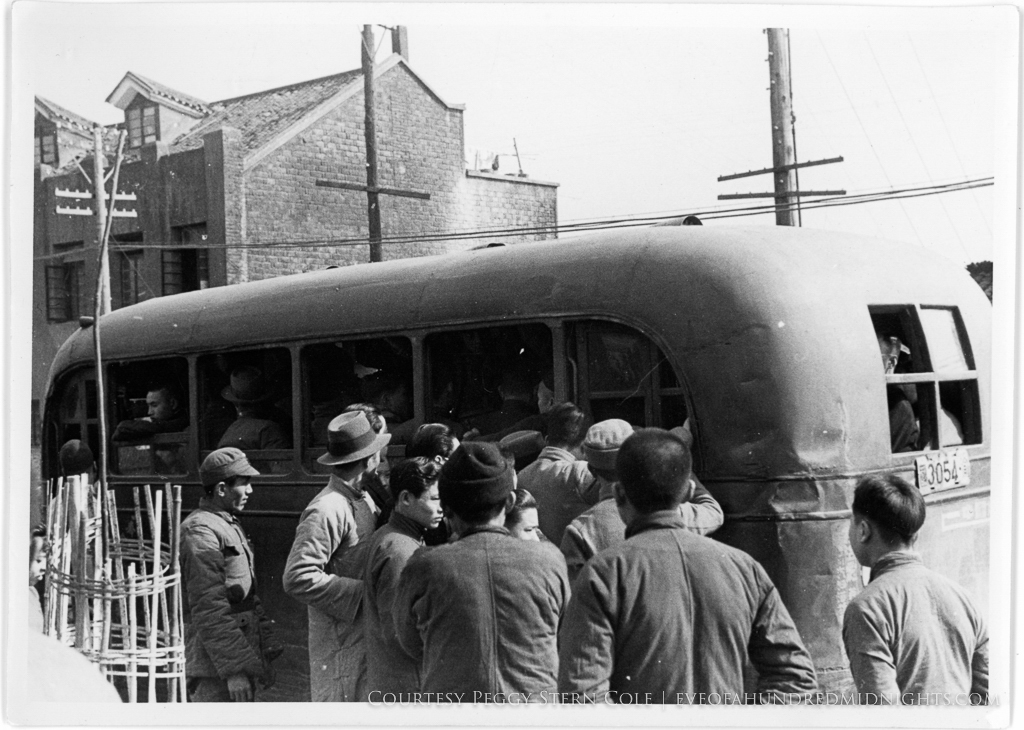
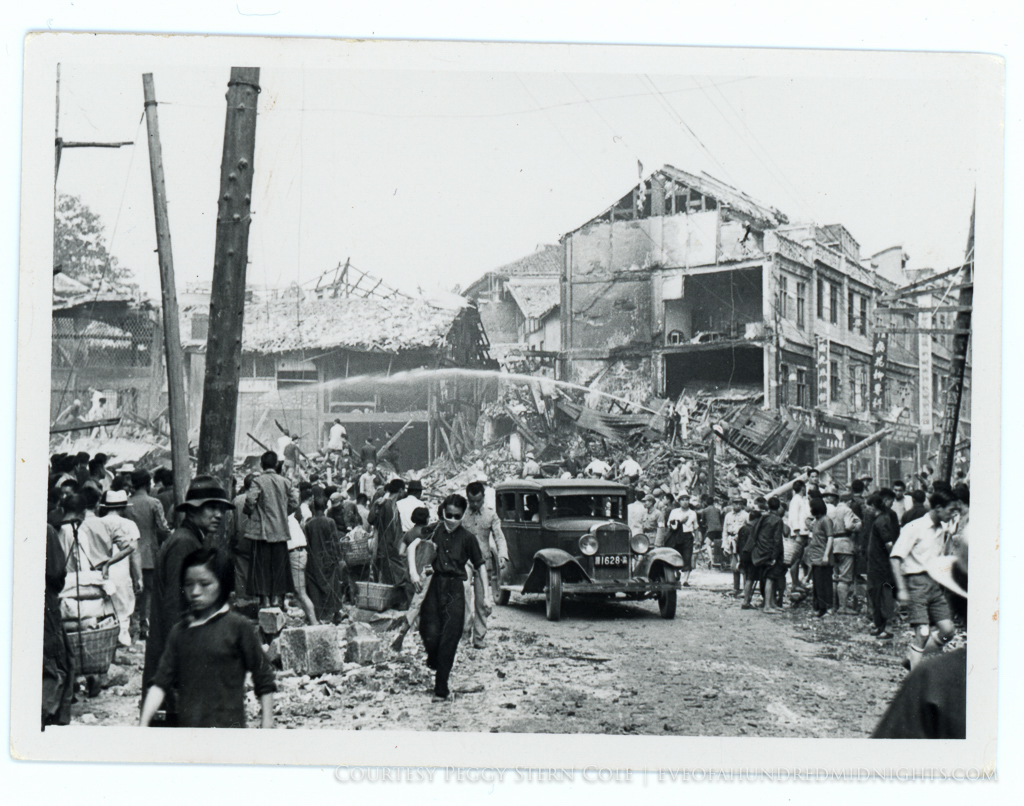
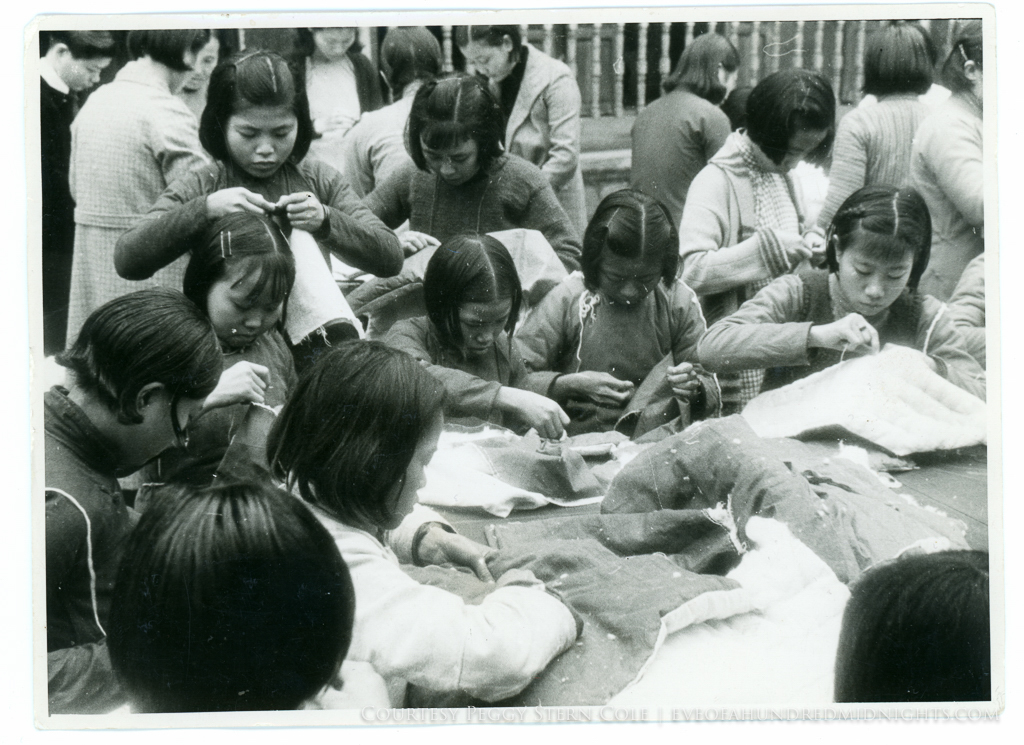
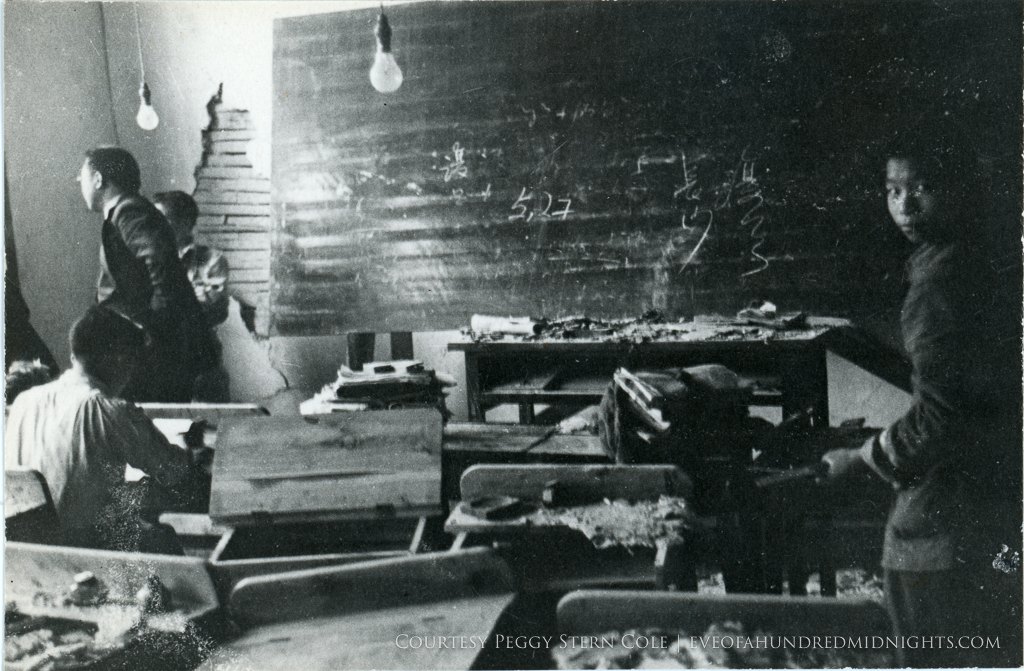
![Man on Donkey on Chungking steps [very good image].jpg](https://images.squarespace-cdn.com/content/v1/51db1d79e4b03e2f06324d97/1469649822066-D9BWG7FESO76DNZZDA1H/Man+on+Donkey+on+Chungking+steps+%5Bvery+good+image%5D.jpg)
